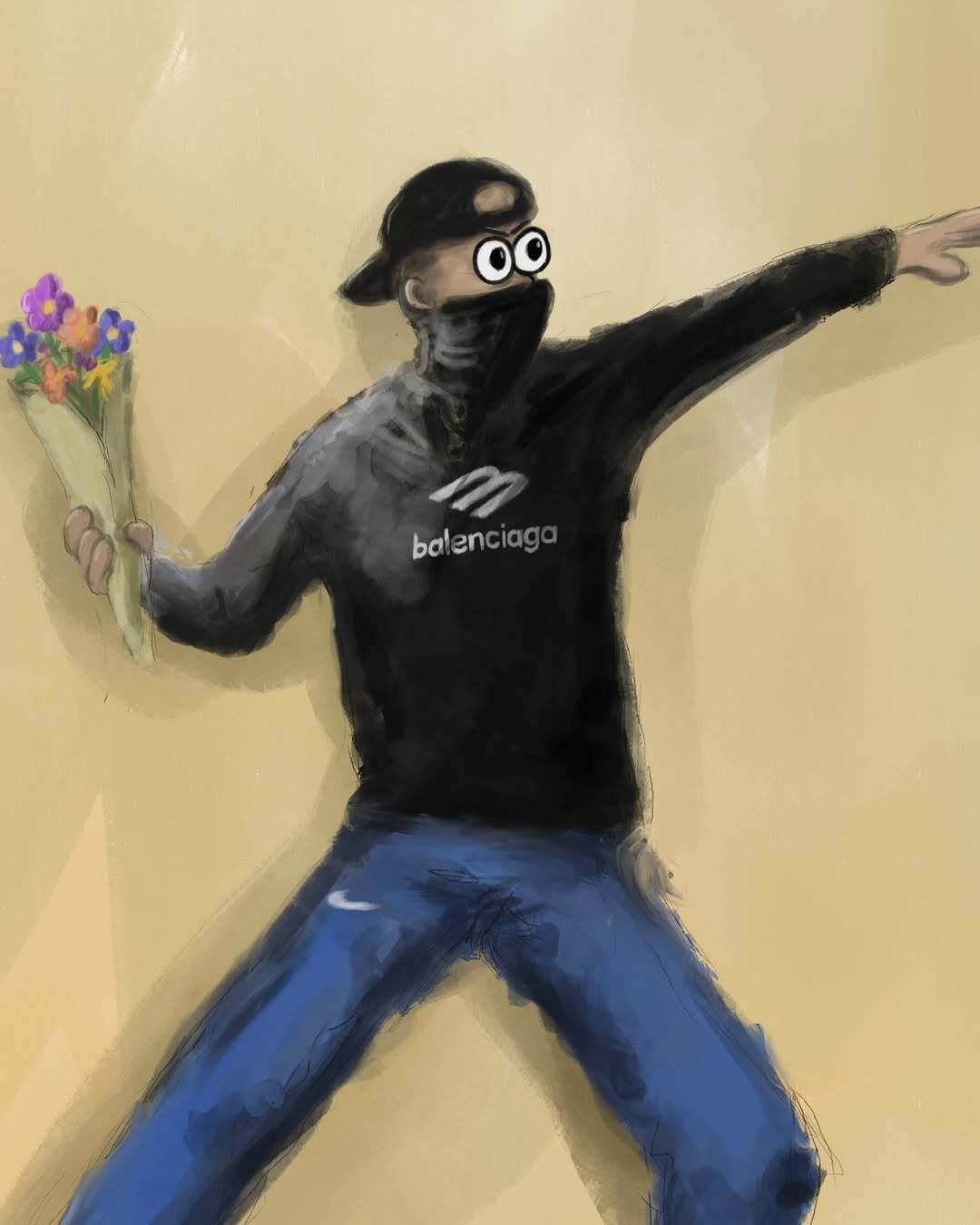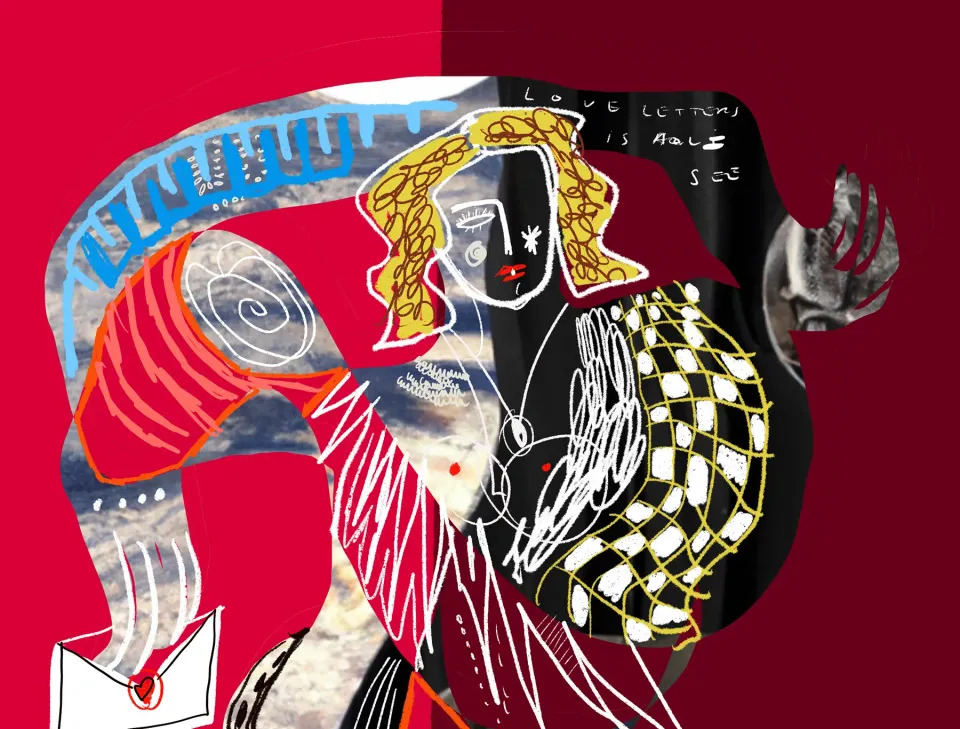Theresa Ulrike Cellnigg: Exploring Feminine Psyche and Power Through Figurative Art
Discover the emotional and symbolic world of contemporary artist Theresa Ulrike Cellnigg, whose large-format paintings explore feminist themes, personal narratives, and the balance between control and spontaneity
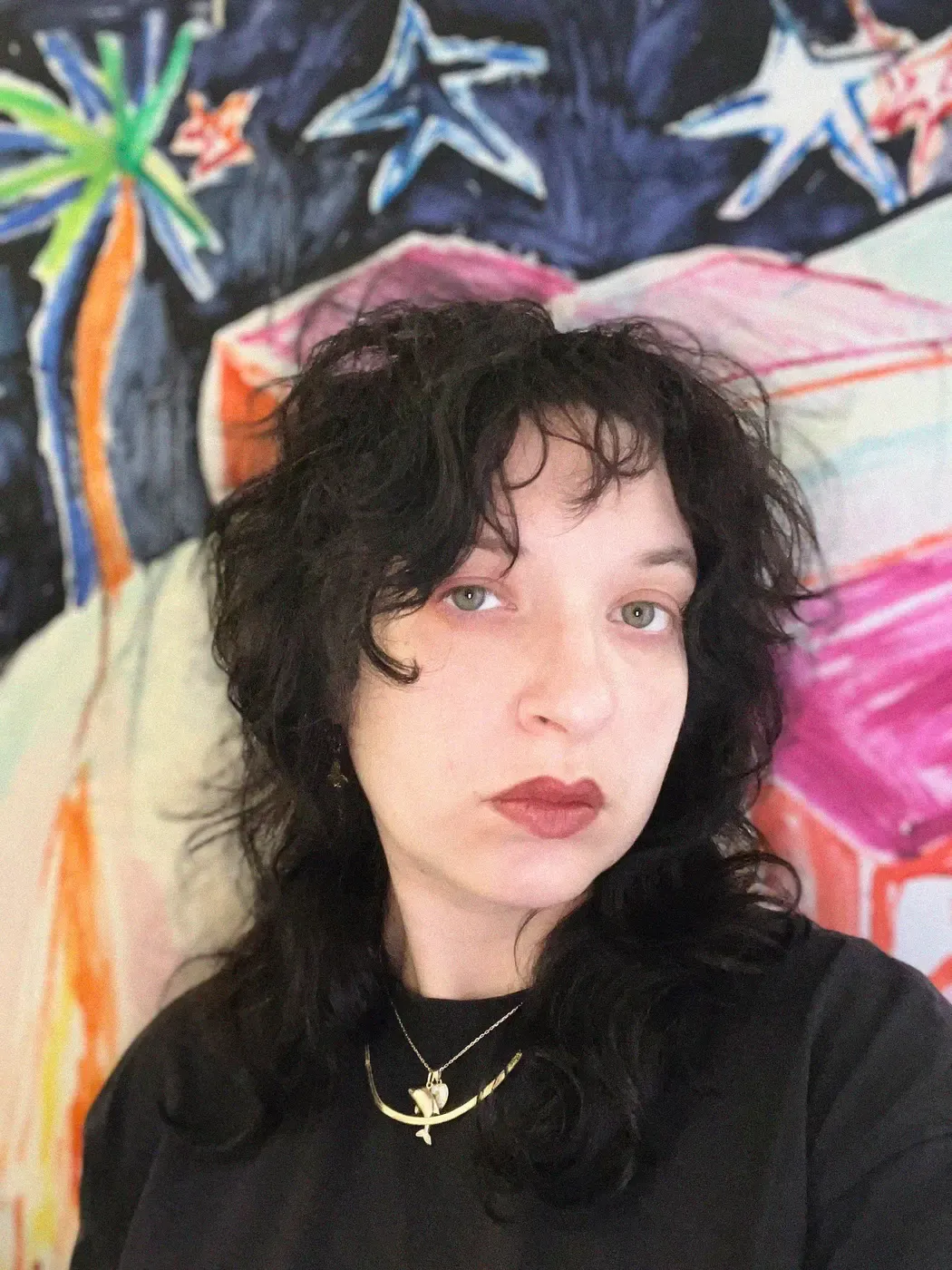
How Theresa Ulrike Cellnigg’s Paintings Navigate Feminist Themes and Personal Narratives
Theresa Ulrike Cellnigg’s artistic practice captures the raw essence of human emotion through bold, figurative painting.
“My paintings live from contrasts—between control and release, veiling and revealing, creating a space where the personal becomes universal.”
Her work weaves deeply personal narratives with broader feminist themes, using vivid color and powerful gestures to express complex feelings and experiences.
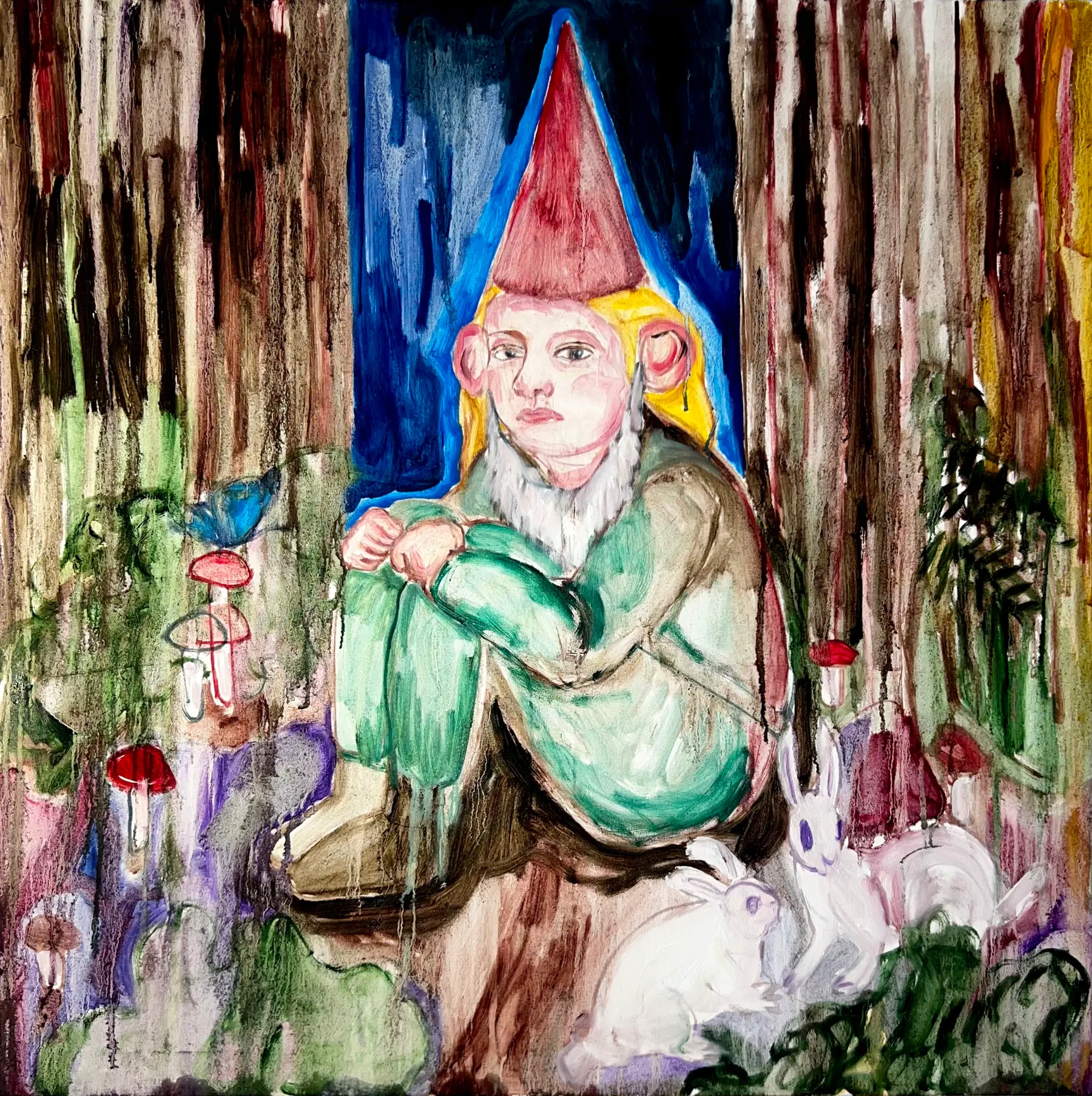
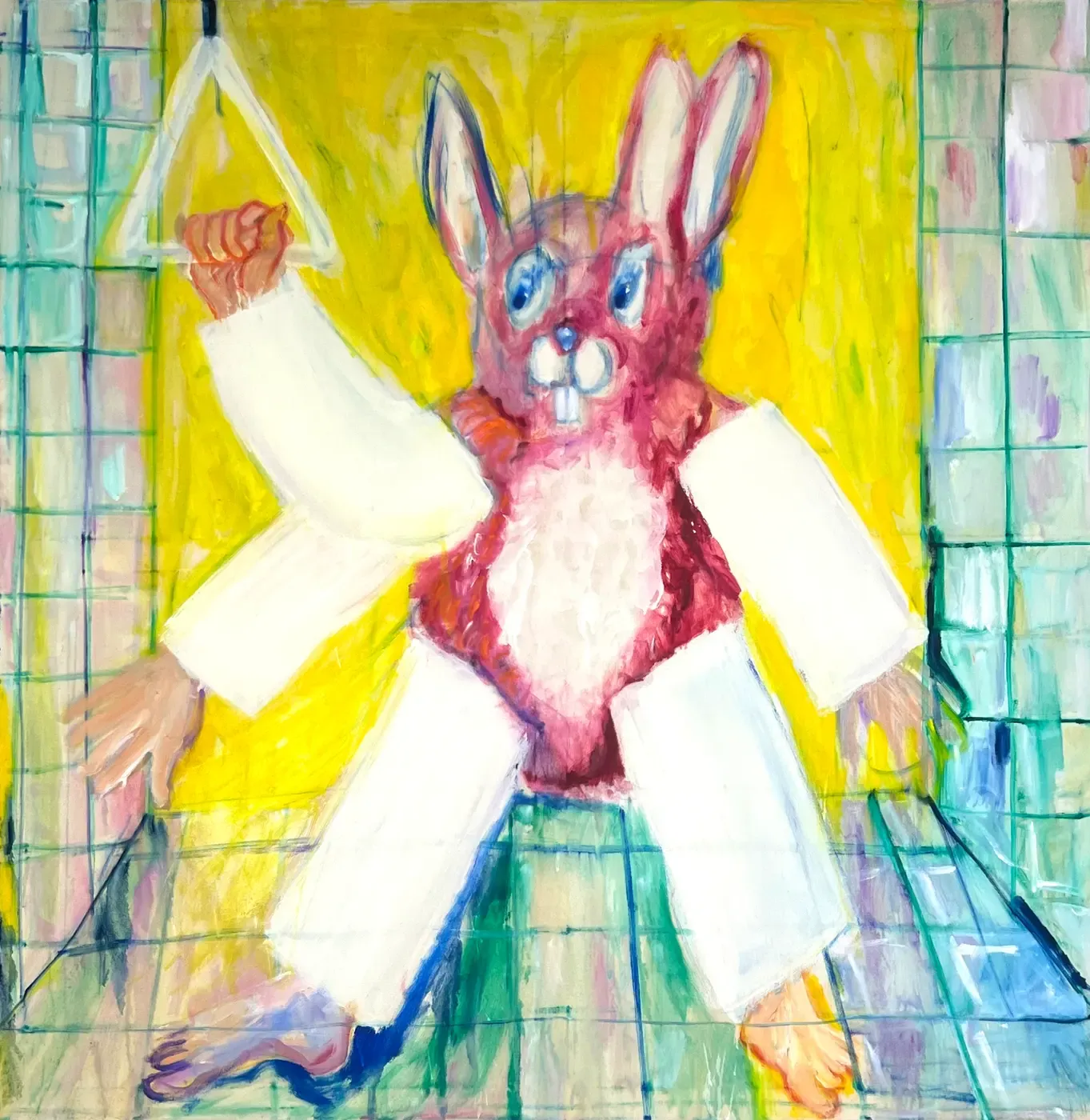
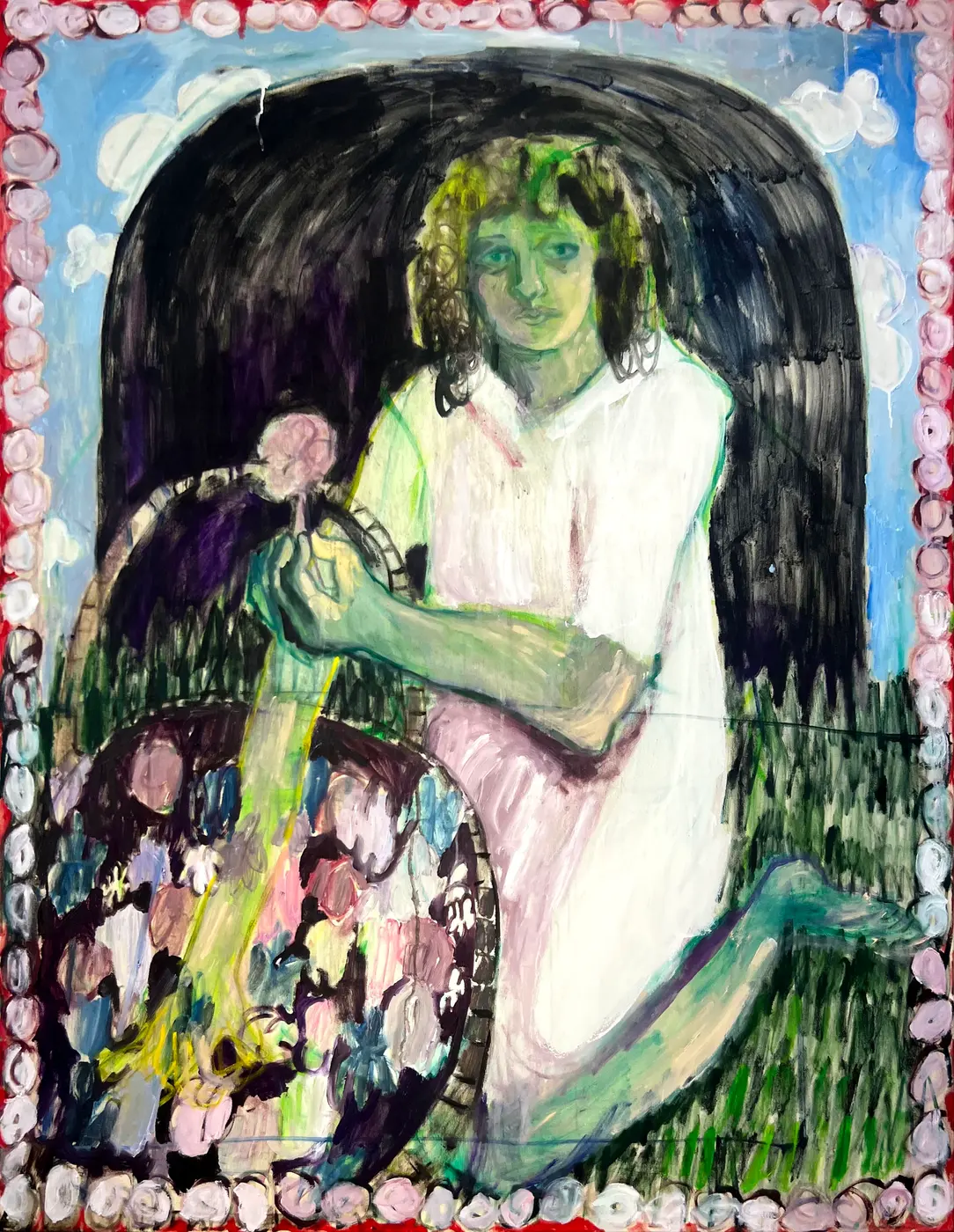
Theresa Ulrike Cellnigg: Alles wird gut (Hasi), 130 x 130 cm; Everything für dich, 160 x 140 cm -> Artwork and Everything for you | Image Courtesy of the Artist
The large formats of her canvases invite the viewer into an intimate, almost visceral experience, where emotion and metaphor take center stage.
Materiality and Gesture: The Physicality of Expression
Central to Cellnigg’s work is her focus on the physicality of painting. The roughness of the canvas and the luminosity of her paints create a tangible sense of depth.
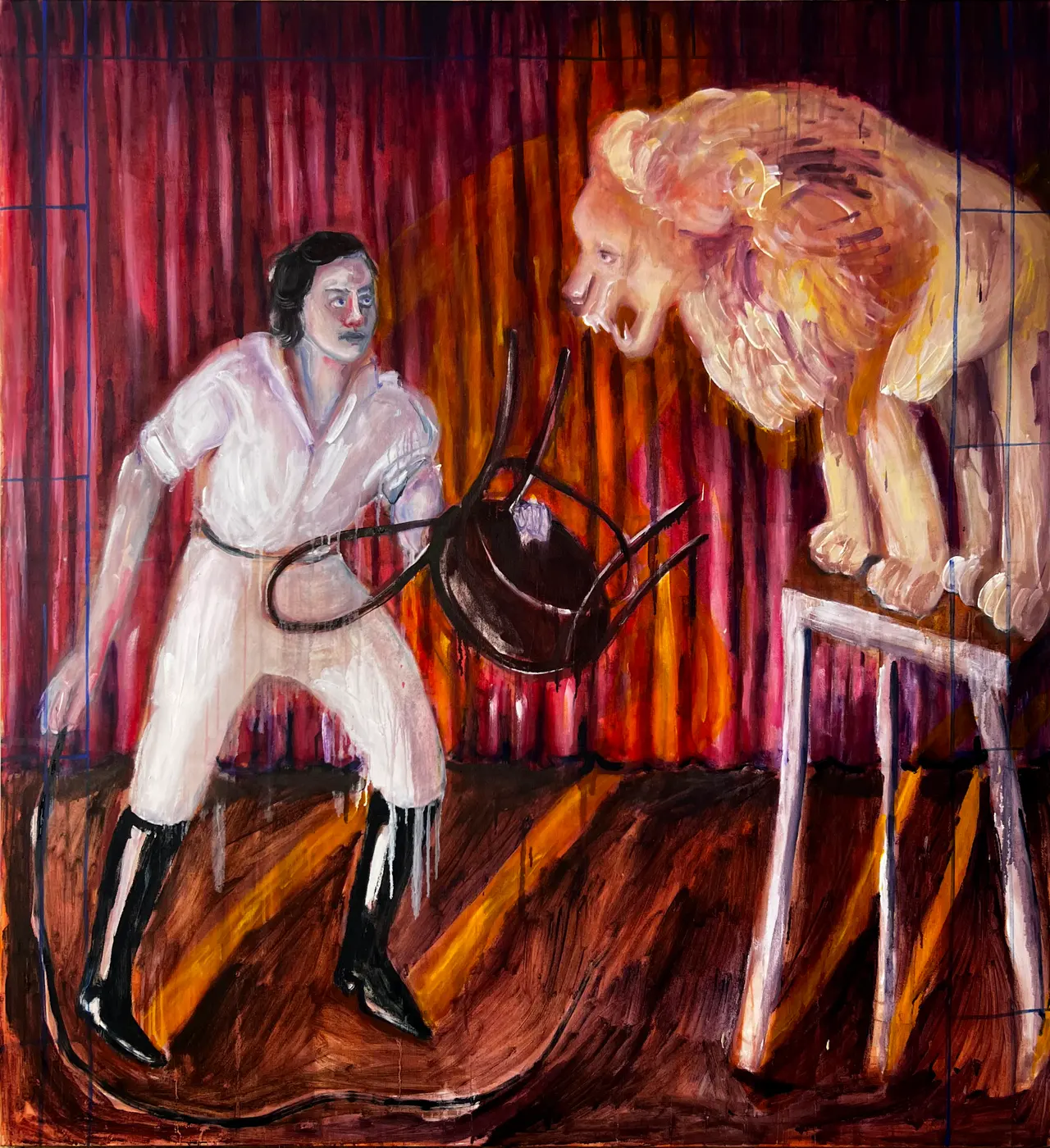
She embraces both the control and release of her brushstrokes, alternating between precise detail and spontaneous gestures.
Her technique often includes scratching, delicate strokes, and broad, sweeping movements that respond to the subject’s emotional intensity.
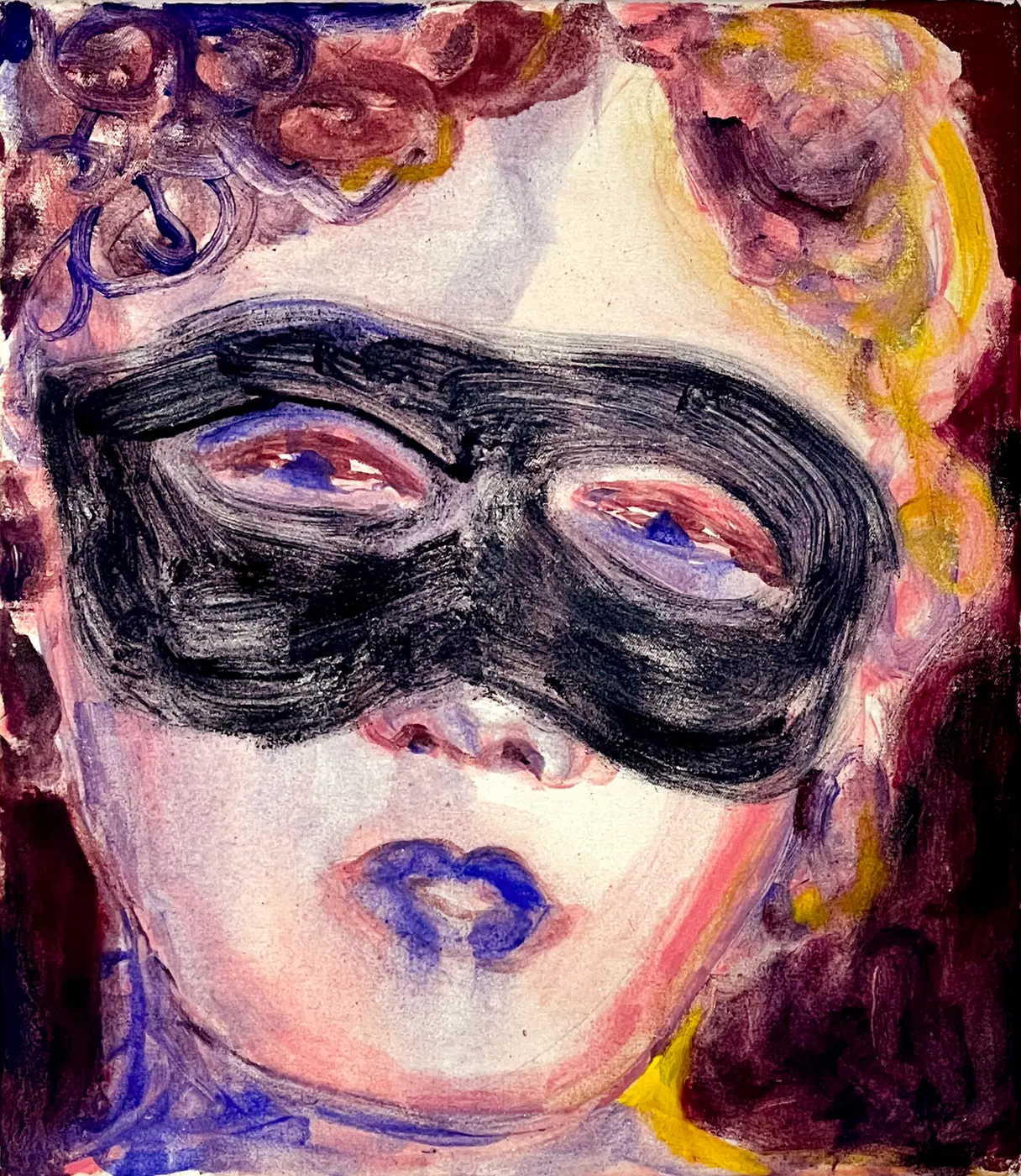
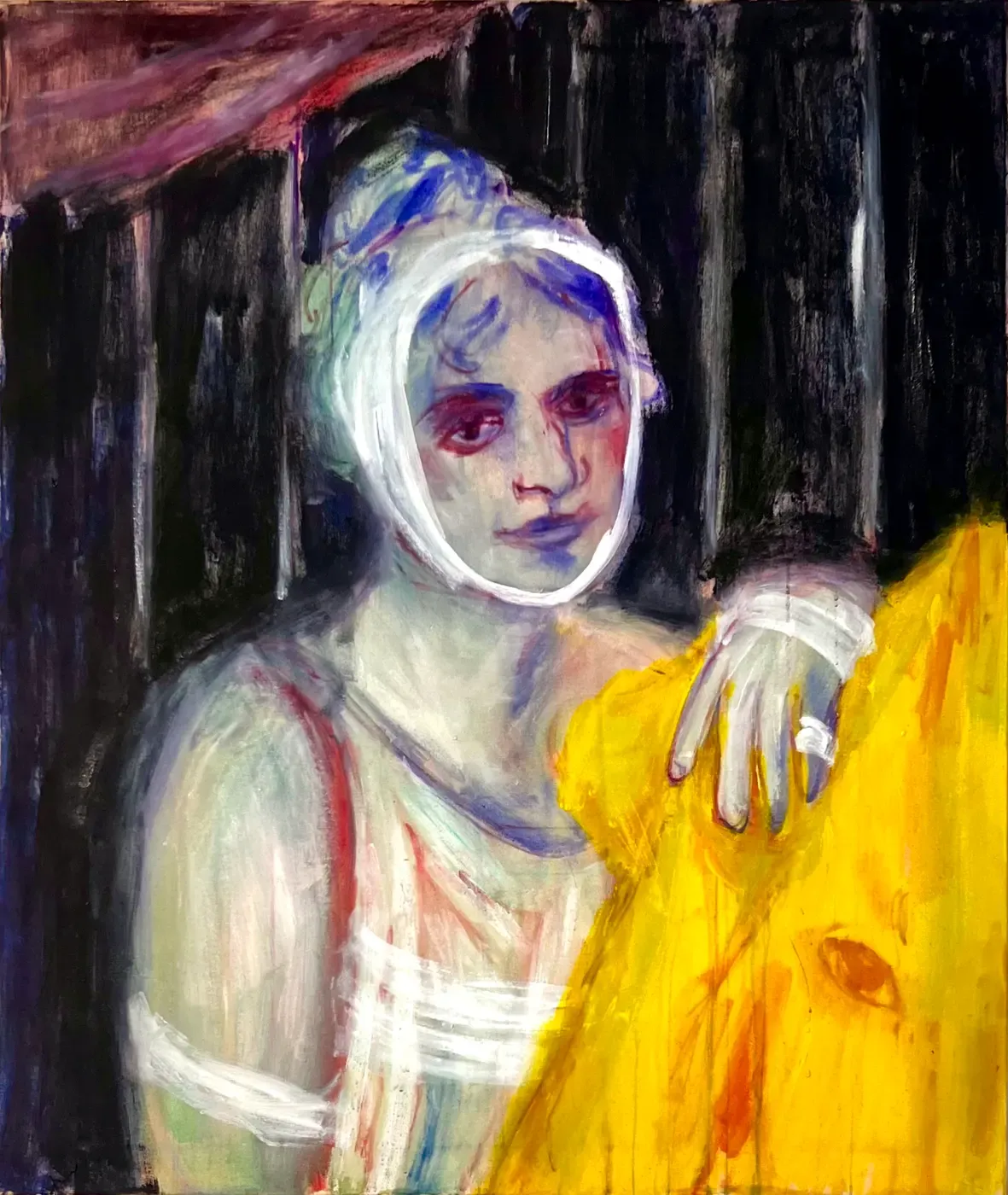
Theresa Ulrike Cellnigg: L’Entraîneuse, maskiert, 40 x 35 cm -> La Sauvageonne, verletzt, 100 x 80 cm | Image Courtesy of the Artist
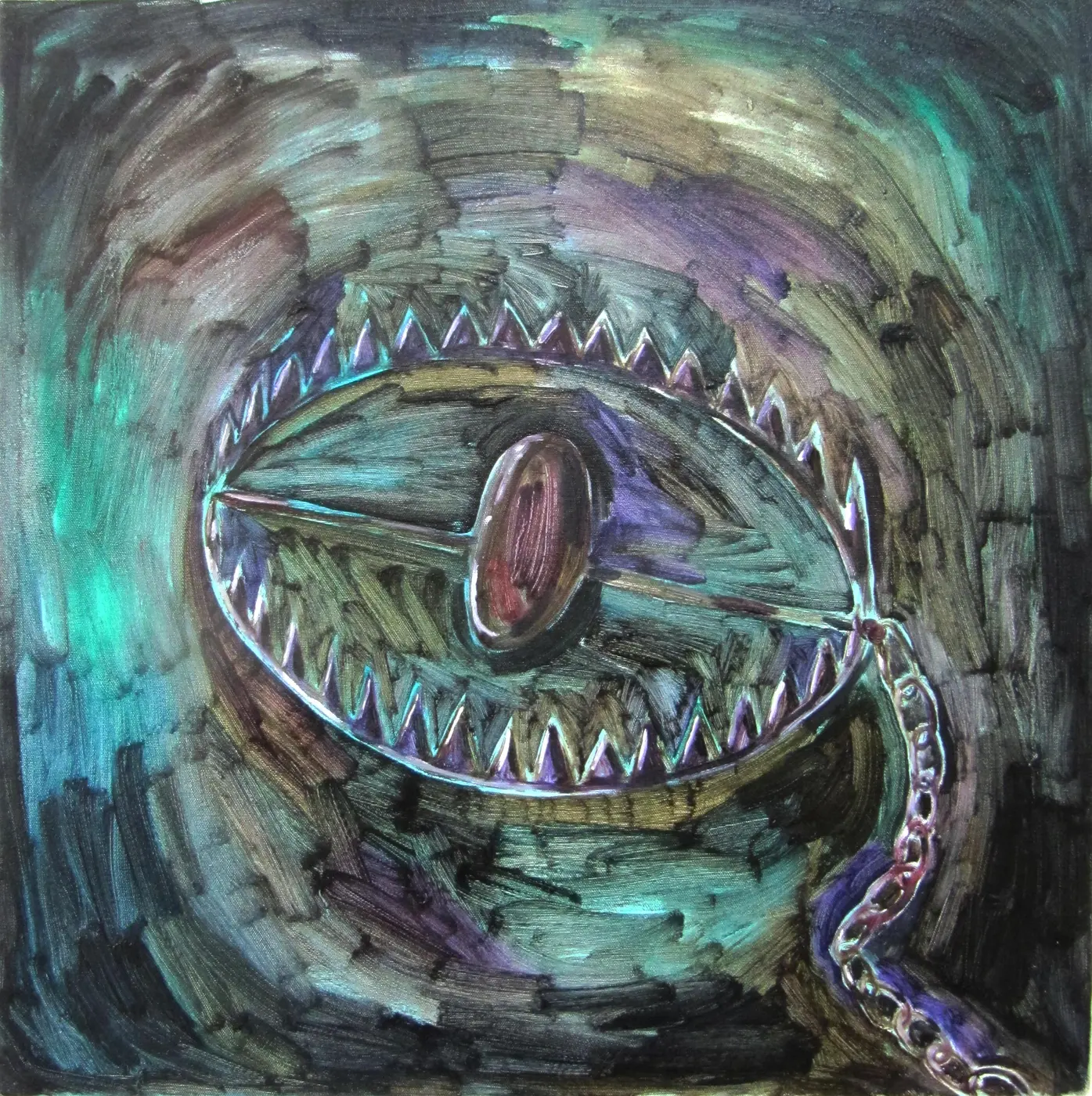
As Cellnigg herself notes, “The canvas shines through and can breathe,” revealing the emotional and physical energy she channels into her work.
This dynamic approach to painting emphasizes process as much as product.
Her fast, instinctual strokes create immediacy, inviting the viewer to experience the act of creation alongside the artist.
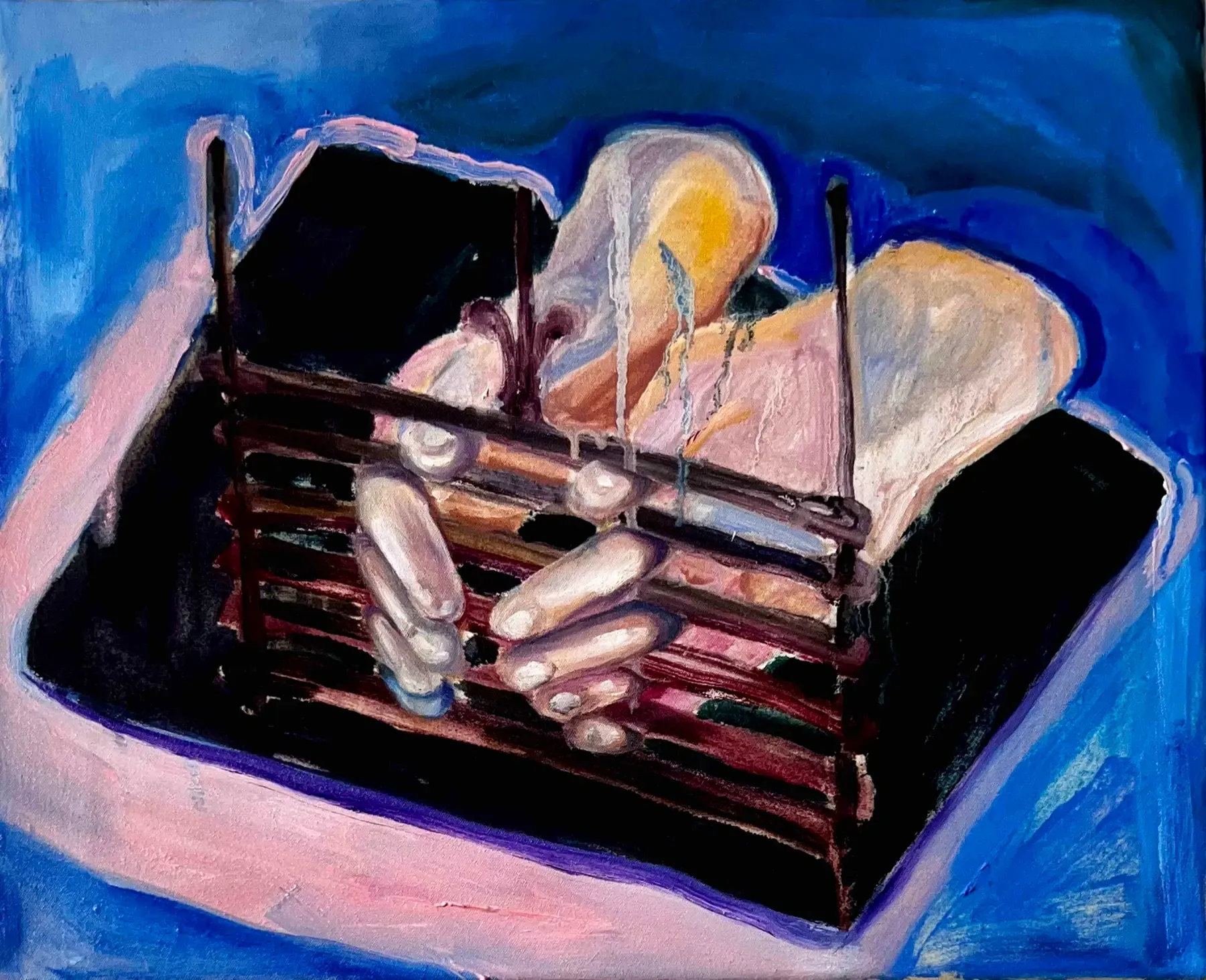
This blend of control and freedom places her in conversation with contemporary trends that value the artist’s gesture as a key component of meaning-making, drawing parallels to movements like Abstract Expressionism but with a distinct figurative focus.
Cellnigg’s paintings are layered with metaphor and symbolism, telling stories without direct exposition. She uses veiling to conceal and reveal meaning, allowing viewers to engage in the interpretation process.
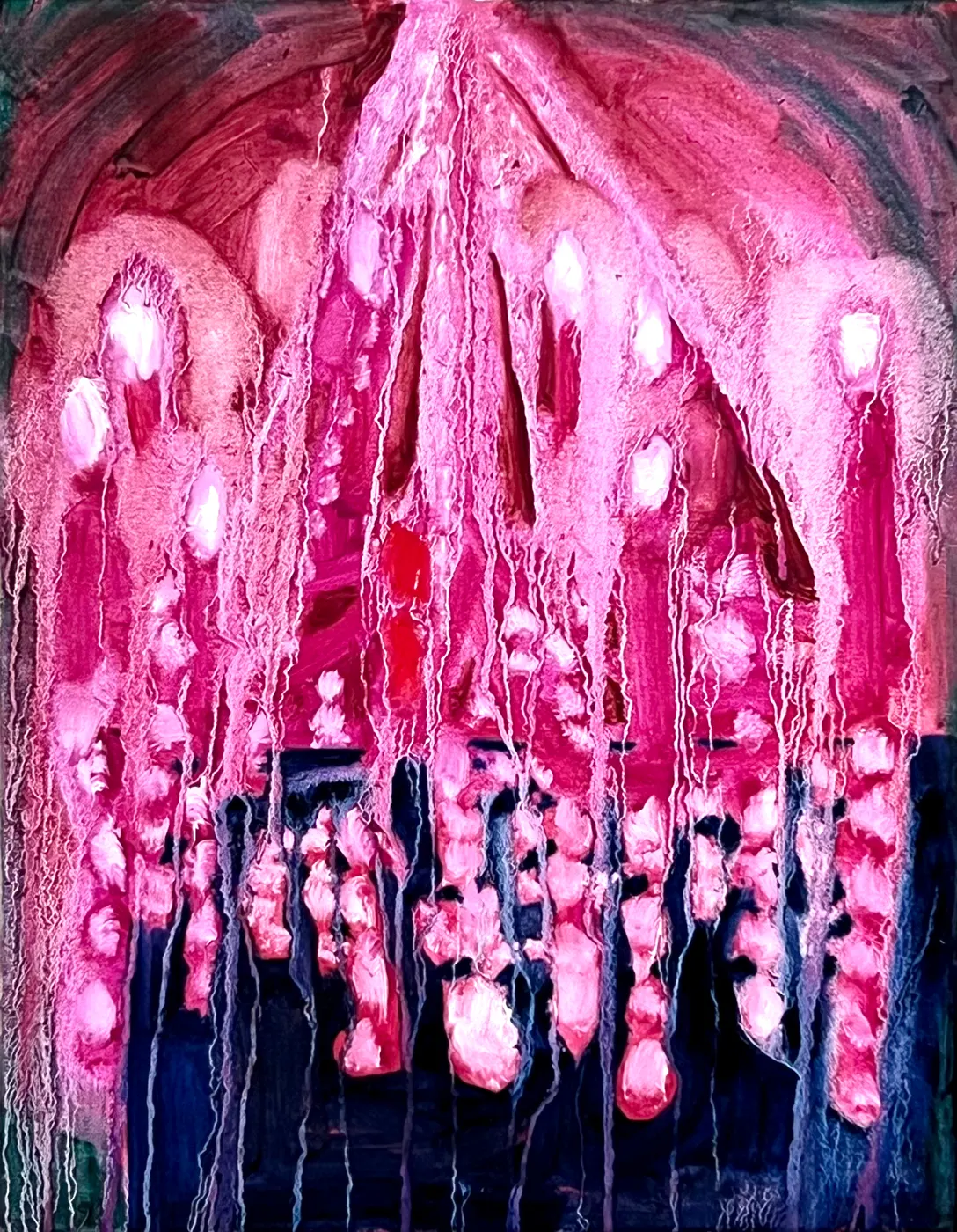
The surreal, dreamlike imagery—bloody shoes, dwarves in forests—often reflects emotional states rather than literal events.
“Symbols convey something real—an experience, a thought, or a feeling”
This veiled storytelling aligns her with other contemporary artists exploring fragmented narratives and psychological landscapes.
Her focus on personal and feminist themes, while subtle, adds layers of complexity to her work.
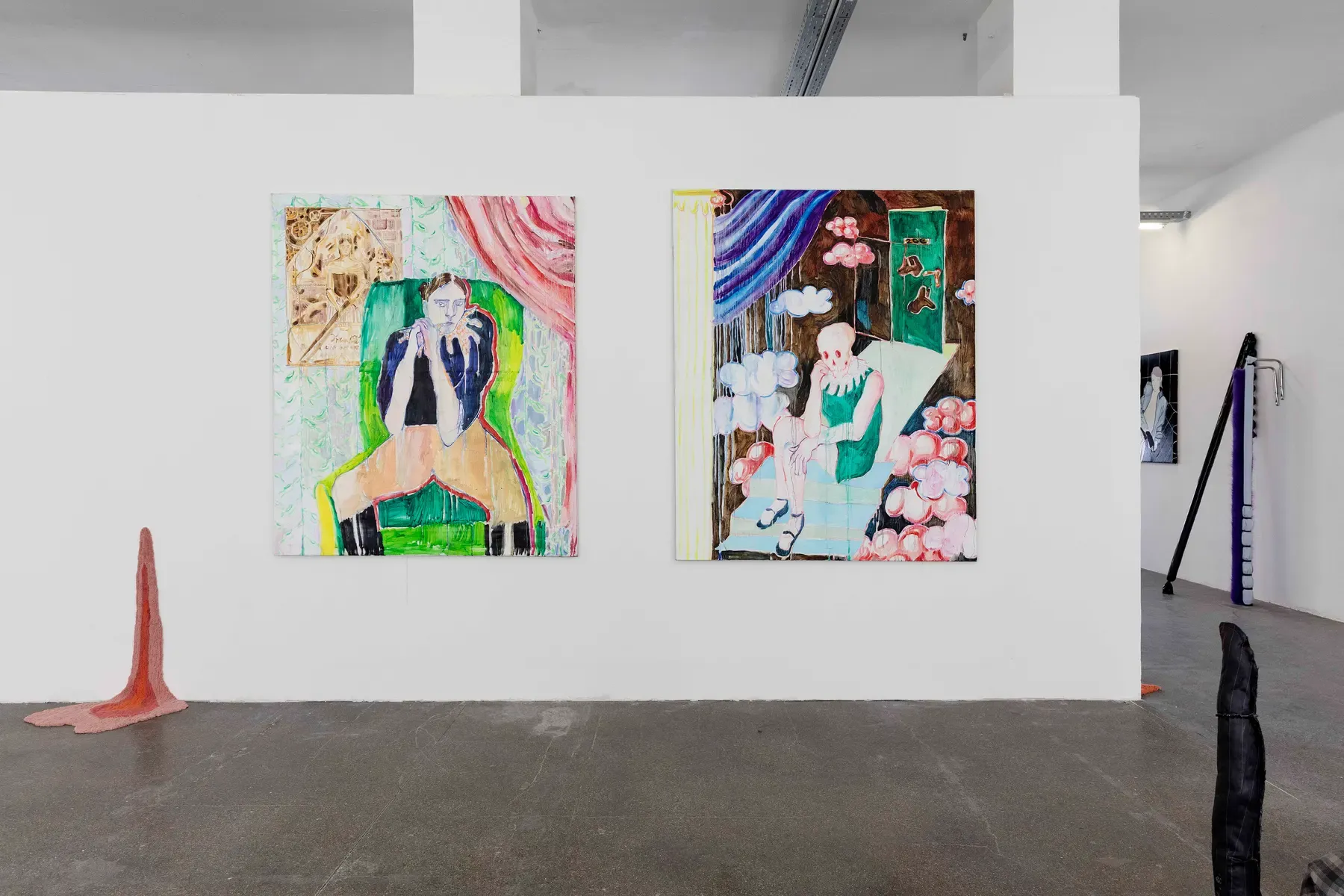
By refracting her own experiences through symbolism, Cellnigg speaks to collective issues of identity, power, and vulnerability, particularly through a feminist lens.
Feminist concerns are central to Cellnigg’s practice. Her work delves into themes of power dynamics, illness, and self-empowerment, but it always remains personal.
Each painting serves as both an individual expression of her emotional state and a broader reflection on societal challenges.
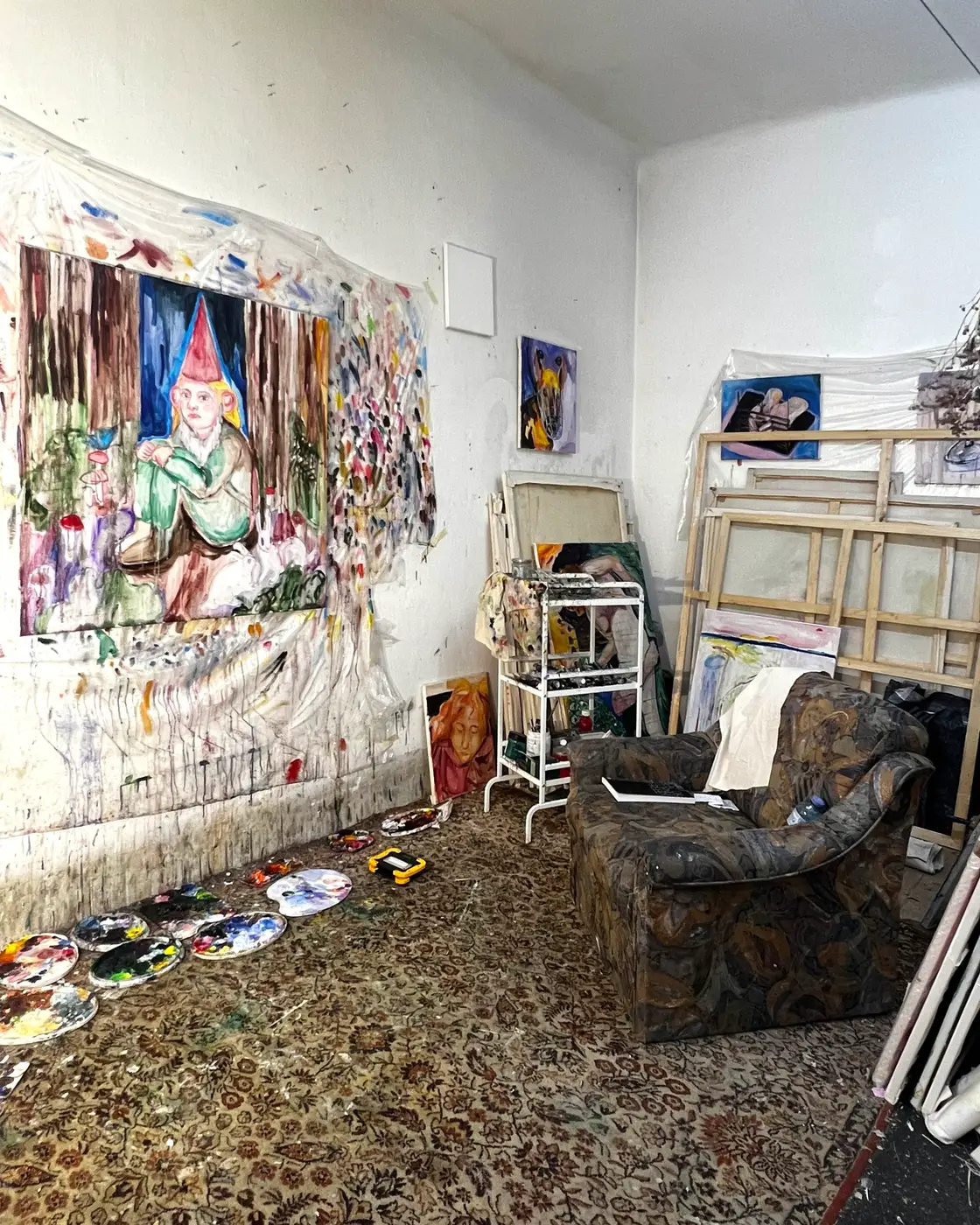
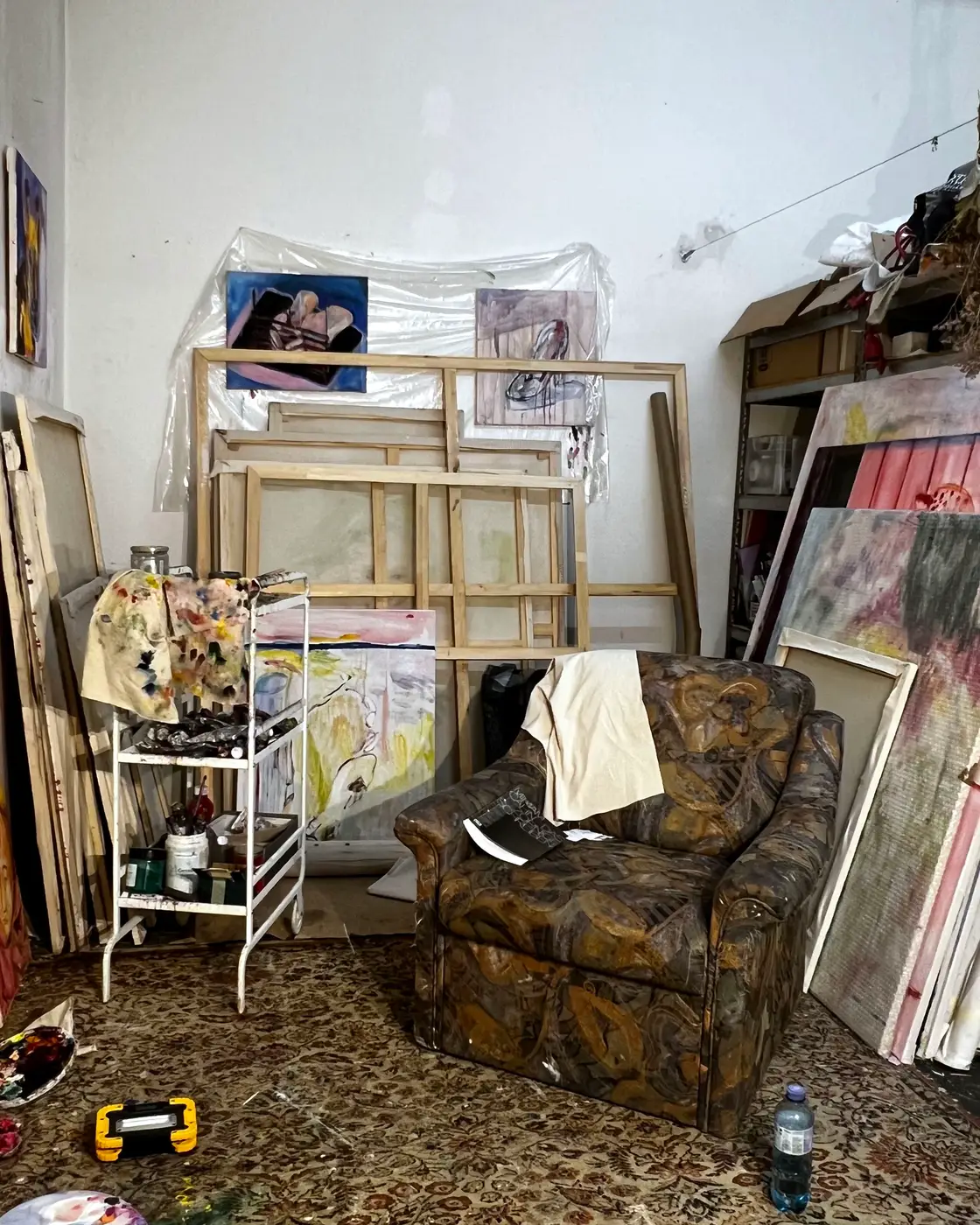
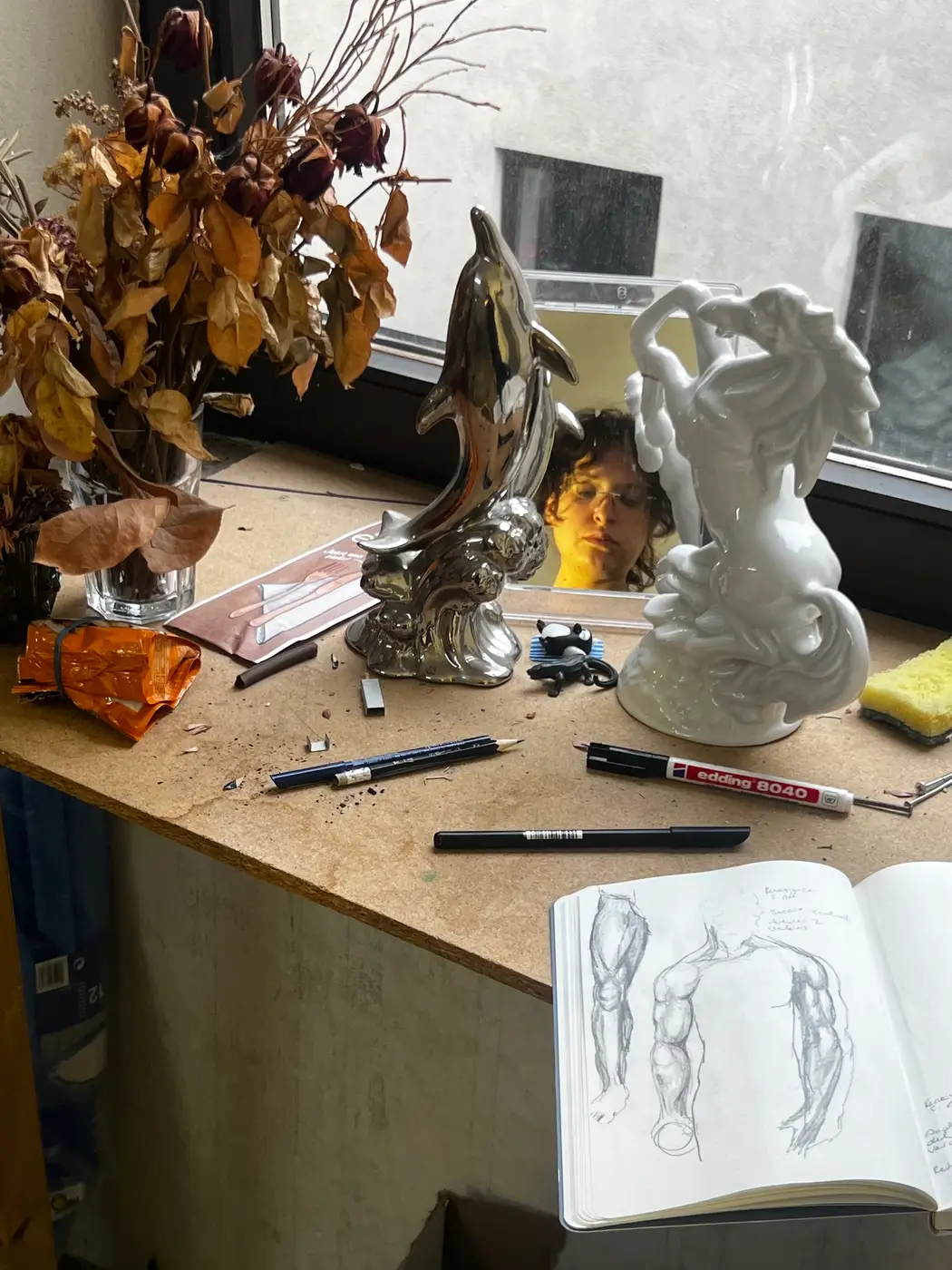
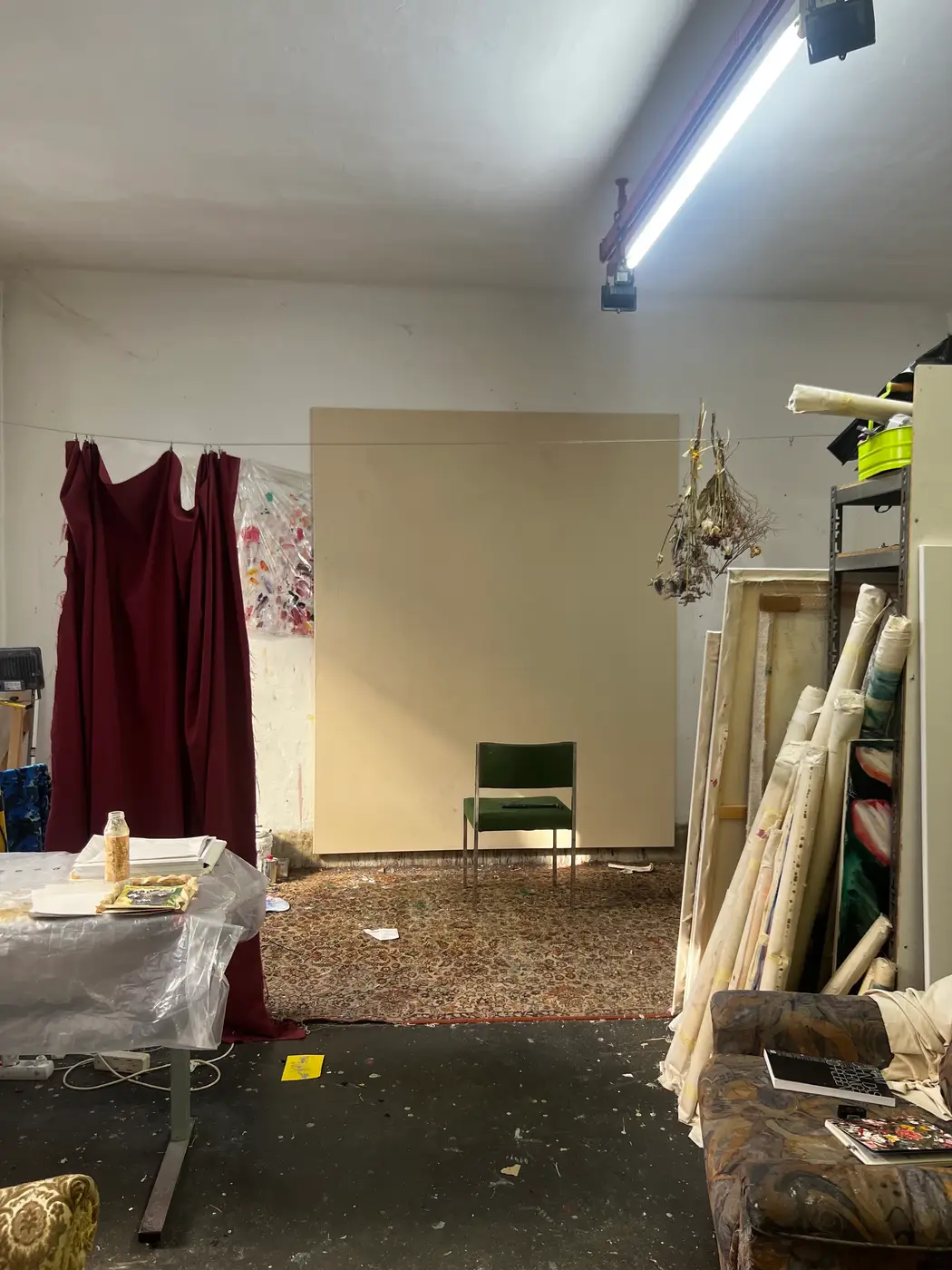
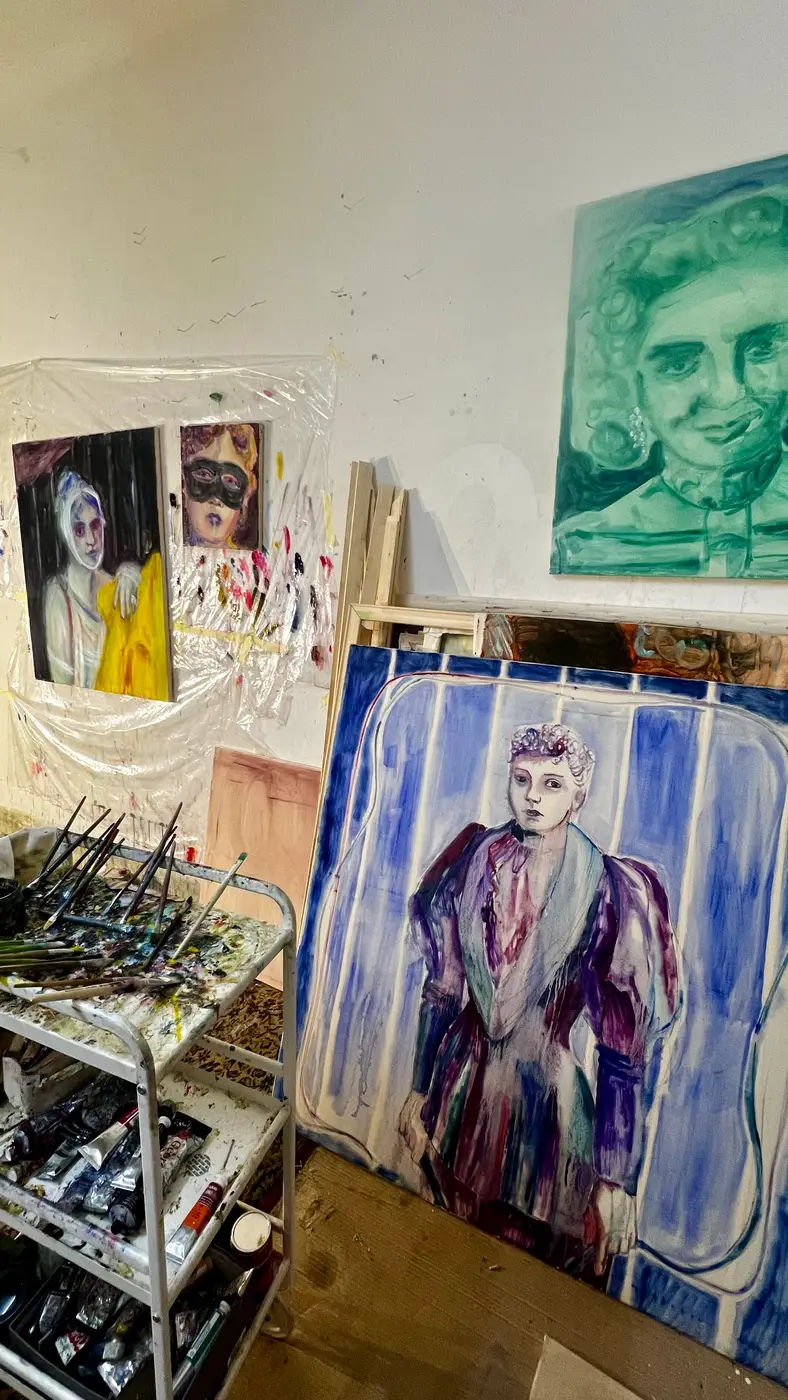
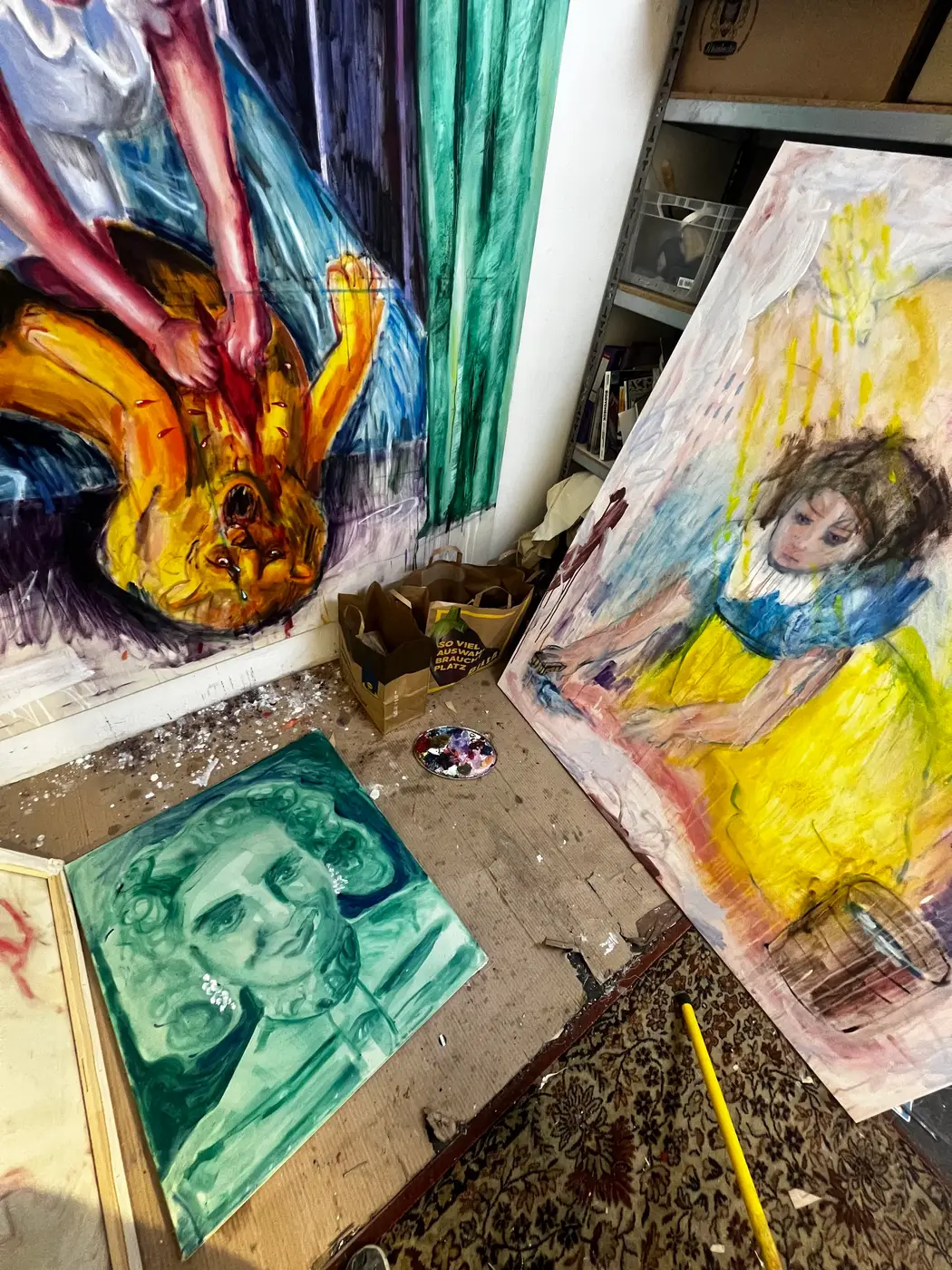
Theresa Ulrike Cellnigg: Impressions Artist Studio | Image Courtesy of the Artist
Rather than illustrating feminist issues directly, she embeds them within her work’s structure, allowing the viewer to uncover layers of meaning.
Her personal starting points—emotions like anger, suffering, and vulnerability—are integral to her artistic process.
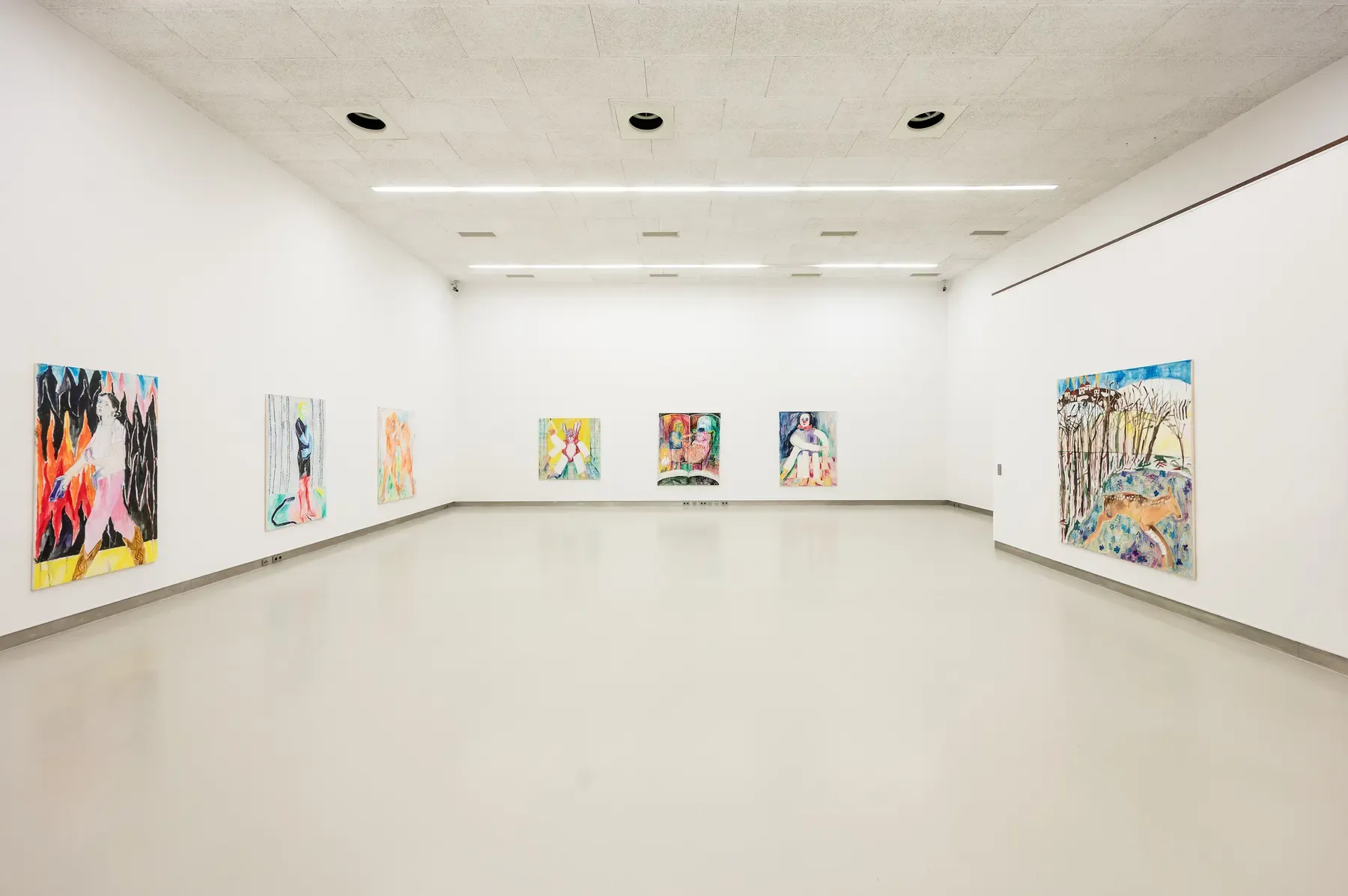
Before she begins painting, she taps into her emotional state, often seeking a precise feeling to guide her hand.
This approach lends her work authenticity and honesty, creating a dialogue between artist and viewer that is both intimate and universal.
In an art world increasingly preoccupied with identity politics and digital themes, Cellnigg’s focus on the tangible—her physical engagement with paint, canvas, and body—feels like a counterpoint to more conceptual trends.
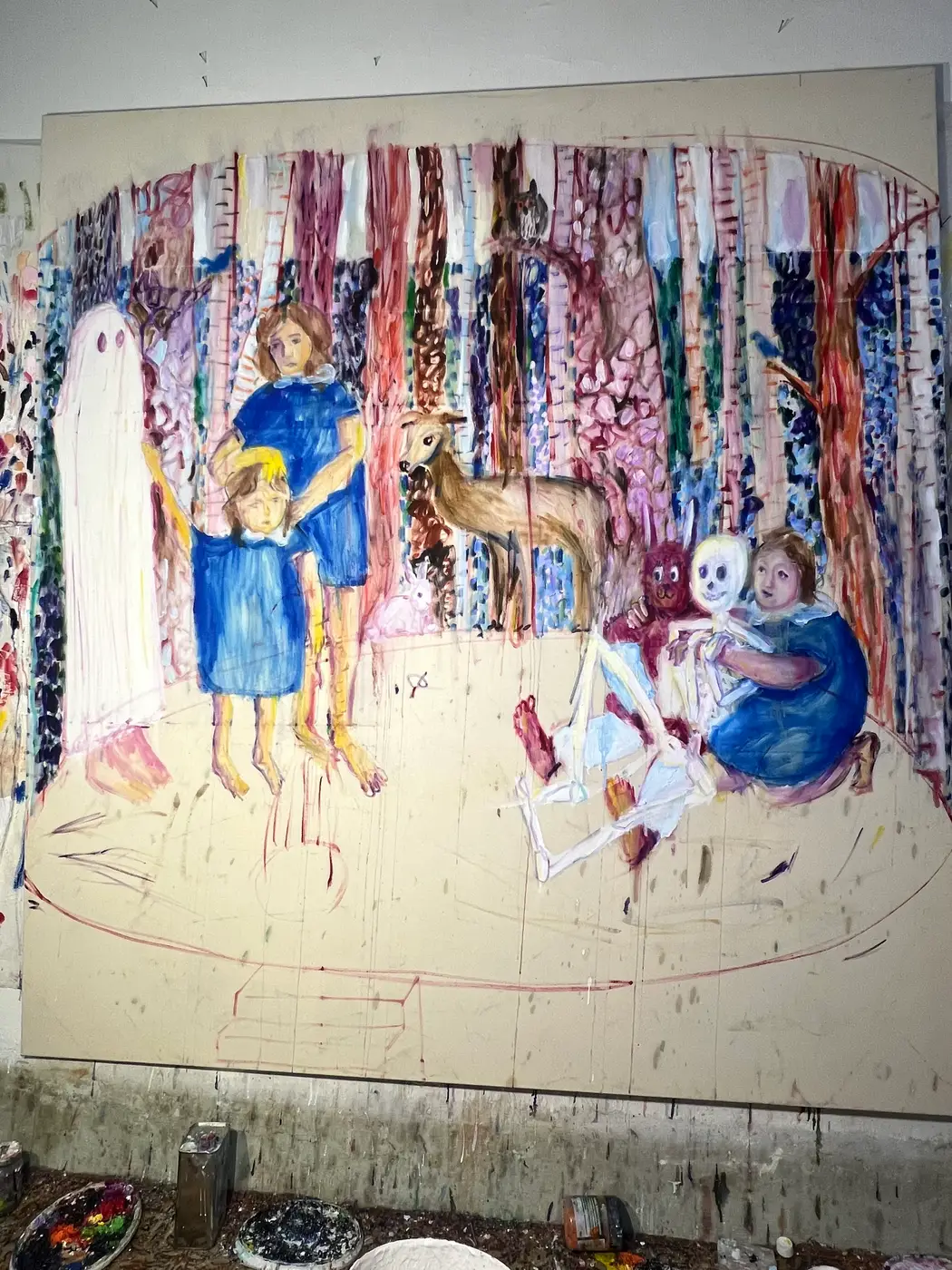
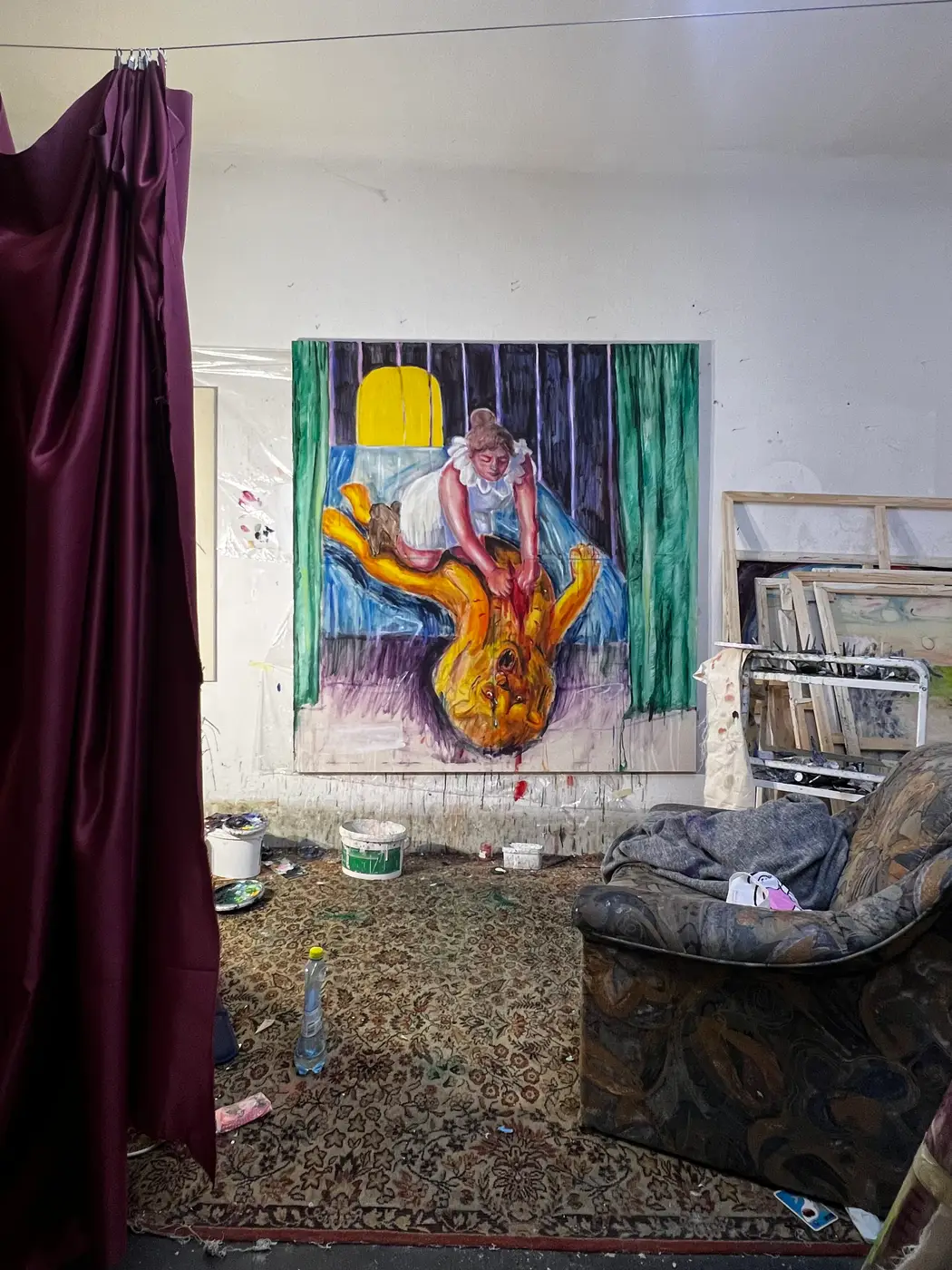
Theresa Ulrike Cellnigg: Studio View | Image Courtesy of the Artist
Yet, her work is not disconnected from contemporary dialogues. By using metaphor and symbolism, she engages with larger questions about identity, narrative, and the body.
Her figuration, a conscious choice, also contrasts with the abstraction dominating much of contemporary painting, positioning her within a resurgence of interest in narrative and figurative art.
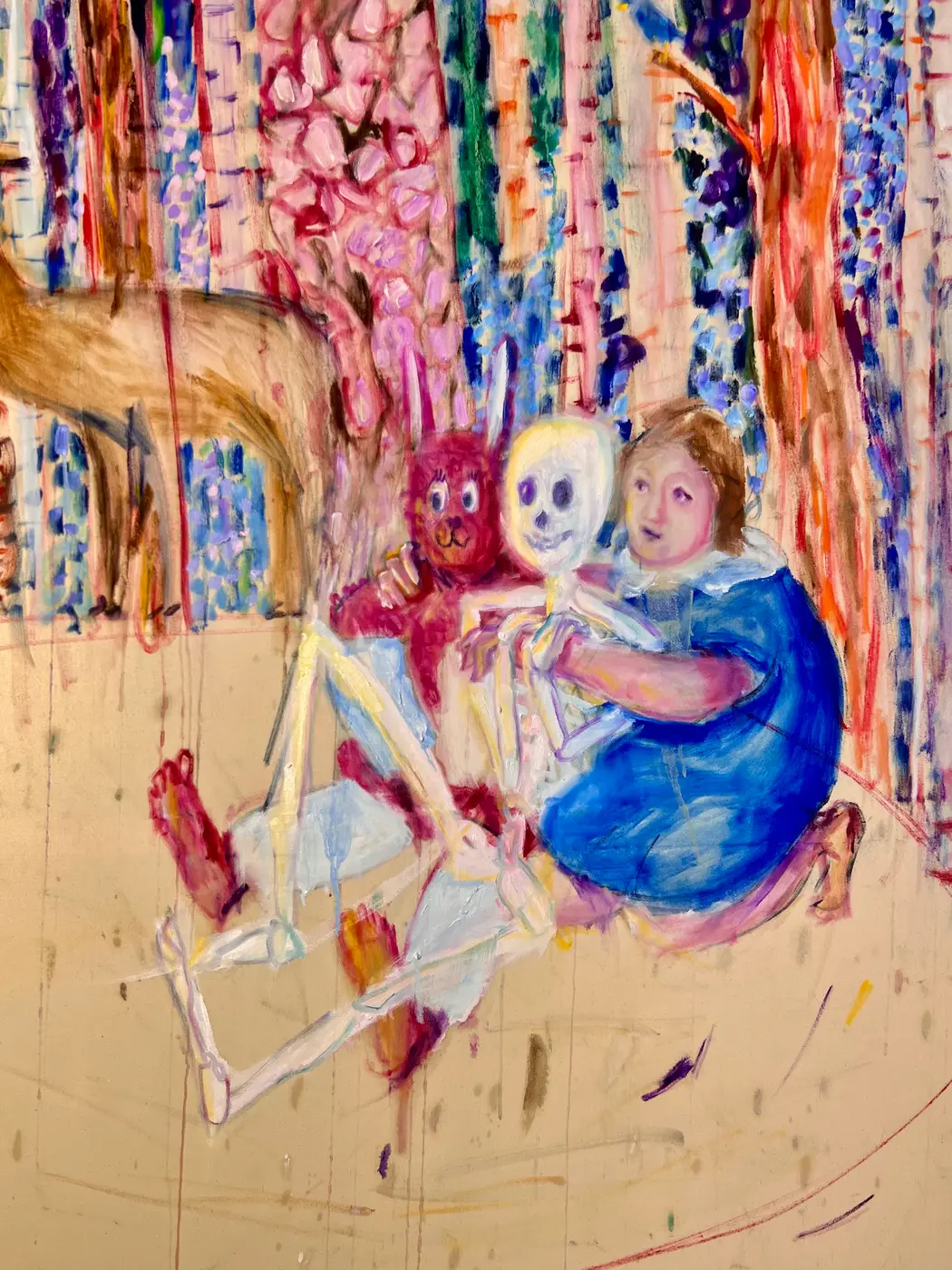
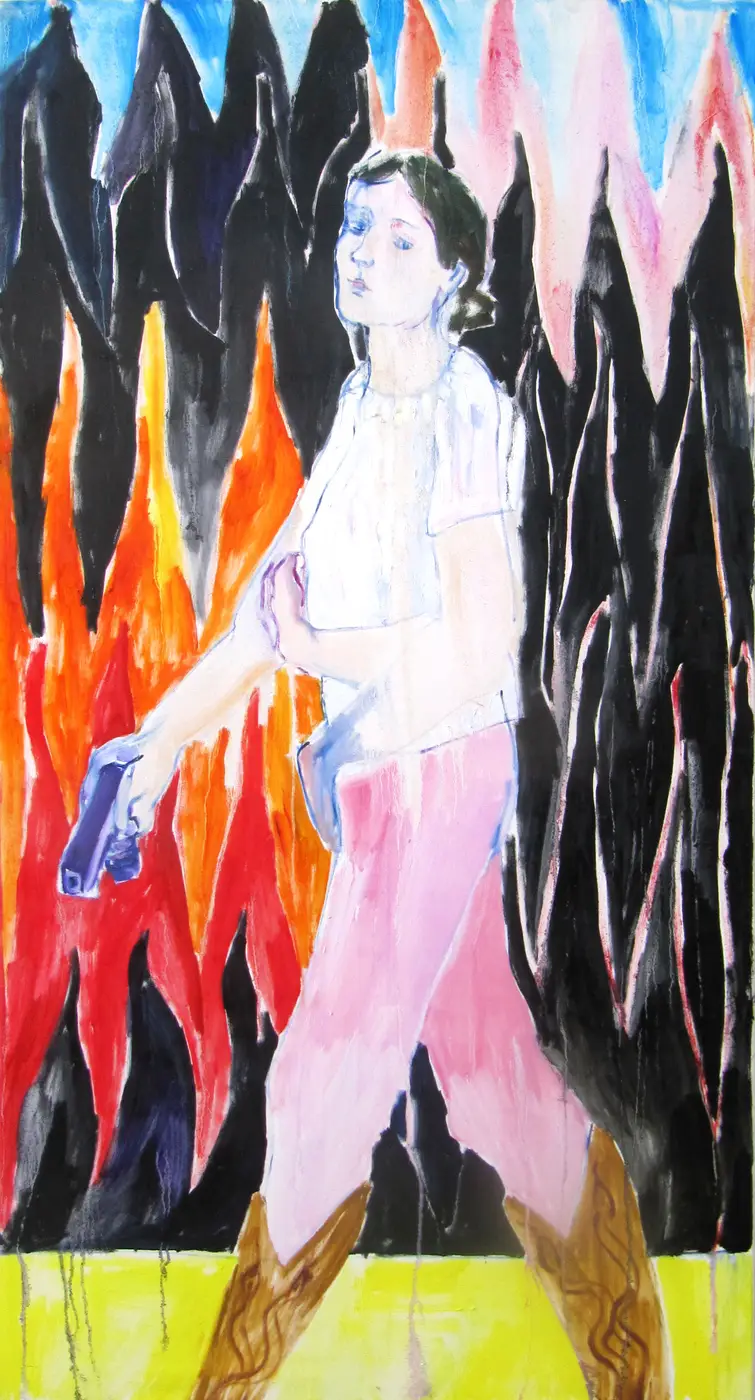
Theresa Ulrike Cellnigg: Studio View -> Artwork: Nein (No) , 170 x 100 cm | Image Courtesy of the artist
Her art’s materiality and the honesty of her gestures contribute to conversations about the role of the artist’s body in the creation process.
This is particularly relevant in feminist discourse, where the body has been a central theme for decades. In Cellnigg’s work, the body is both a subject and a tool—her brushstrokes are extensions of her physical and emotional experiences.
Working in Series: The Significance of Process
Cellnigg’s approach to working in series allows her to explore a theme in depth. Each painting contributes to a larger conversation, creating a body of work that is cohesive yet varied.
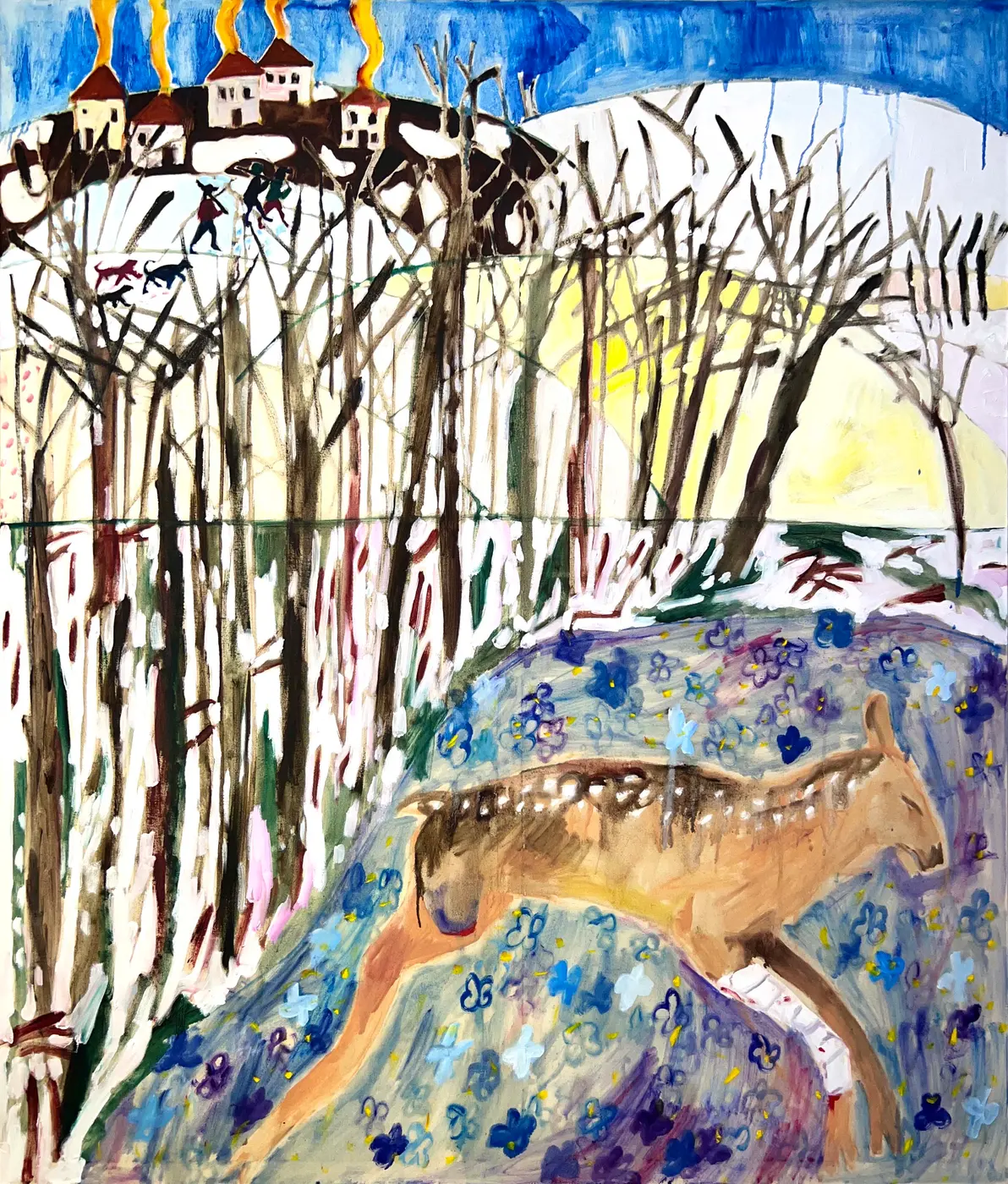
This method mirrors the process of emotional discovery, where each canvas is a step toward understanding a broader experience or feeling.
Her paintings are not meticulously planned but are the result of a balance between research and spontaneity, allowing for fluidity in the process.
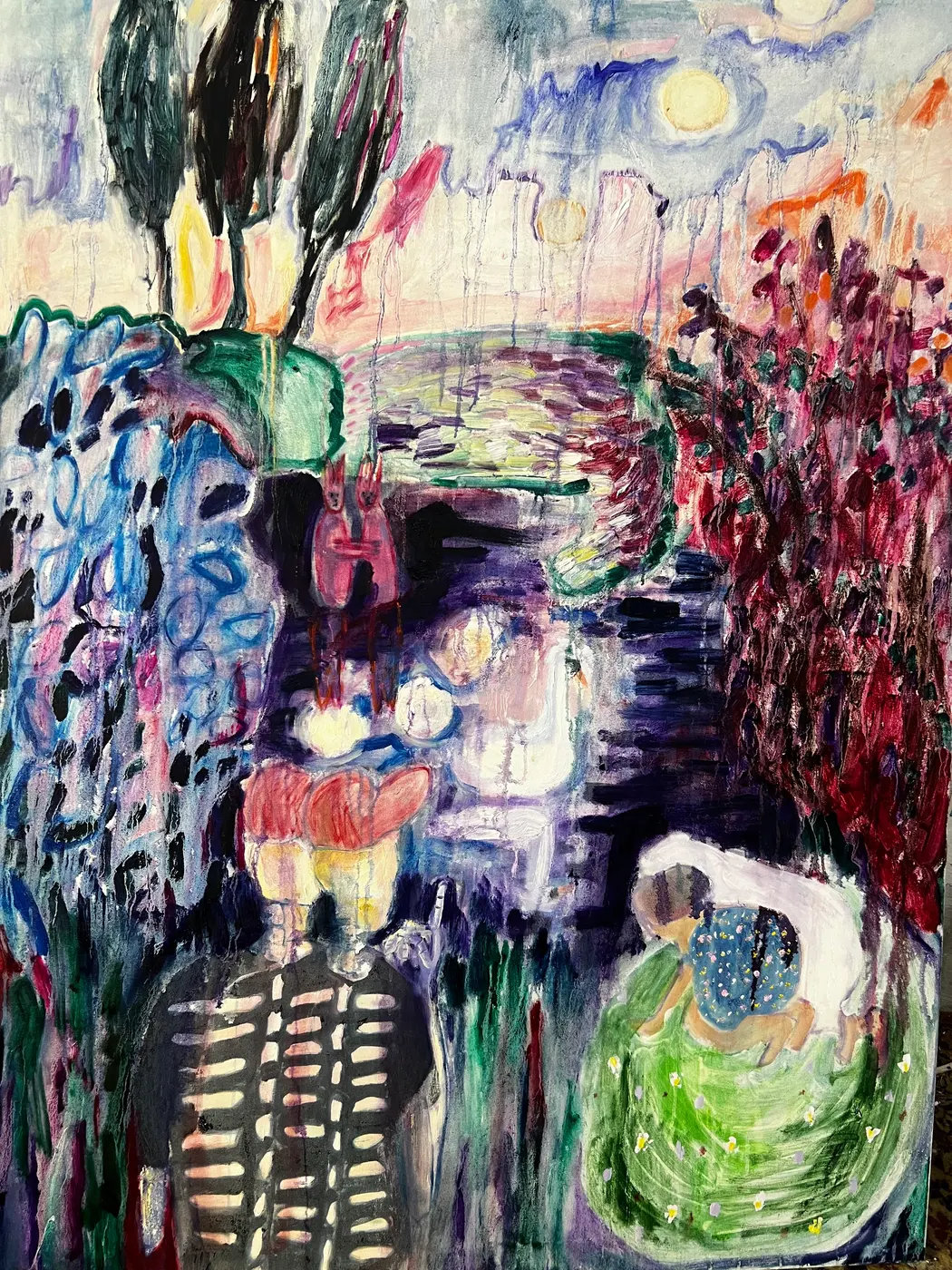
By working in this way, Cellnigg’s art feels alive, always evolving and shifting as she continues to explore new emotional and conceptual territories.
Her practice aligns with contemporary trends that prioritize process and experimentation, reflecting the broader movement toward a more open-ended, dynamic approach to art-making.
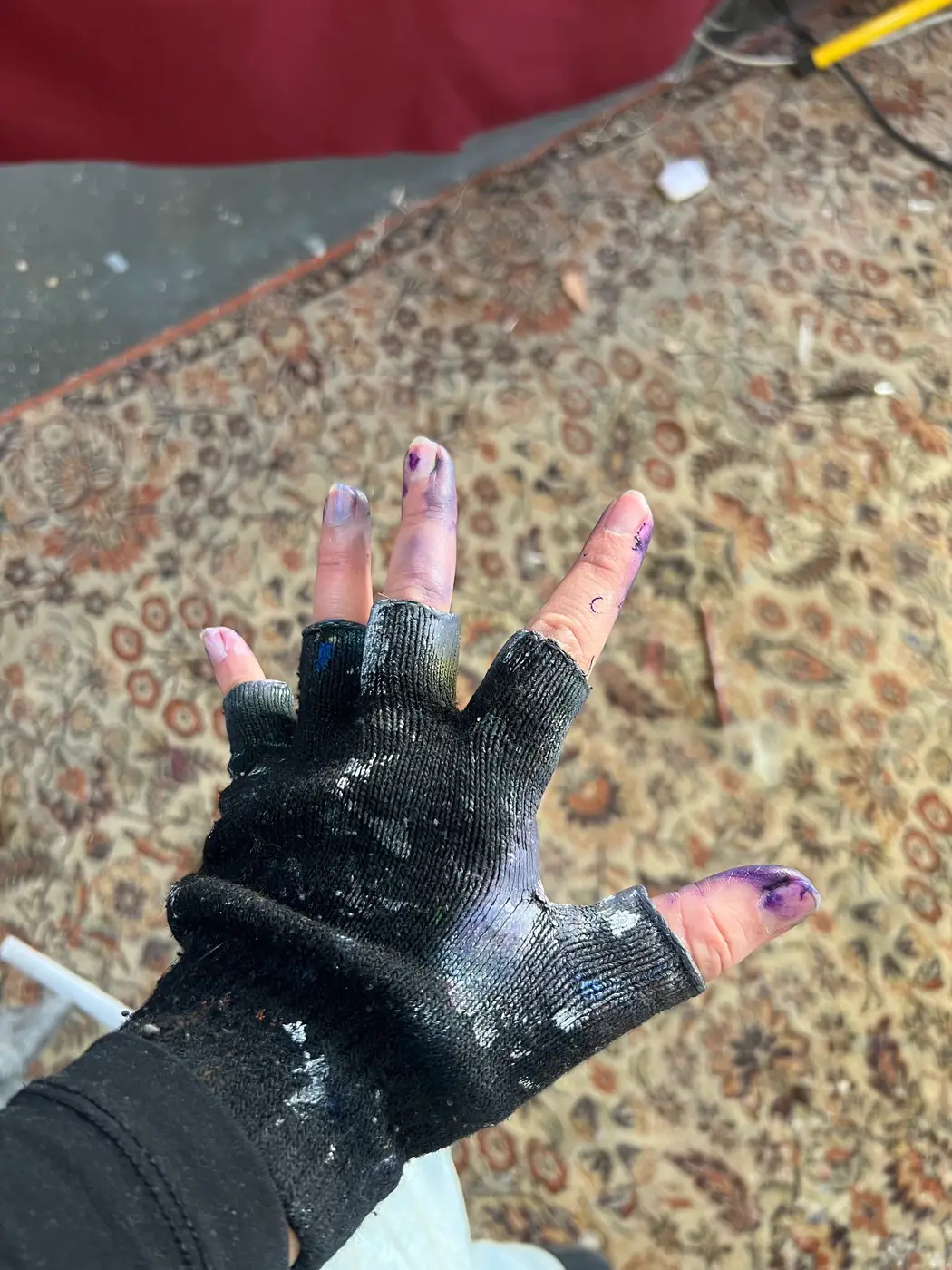
Theresa Ulrike Cellnigg’s work is a powerful exploration of emotion, narrative, and feminist themes.
Through her dynamic use of gesture, materiality, and symbolism, she creates paintings that speak to both personal experiences and broader societal issues.
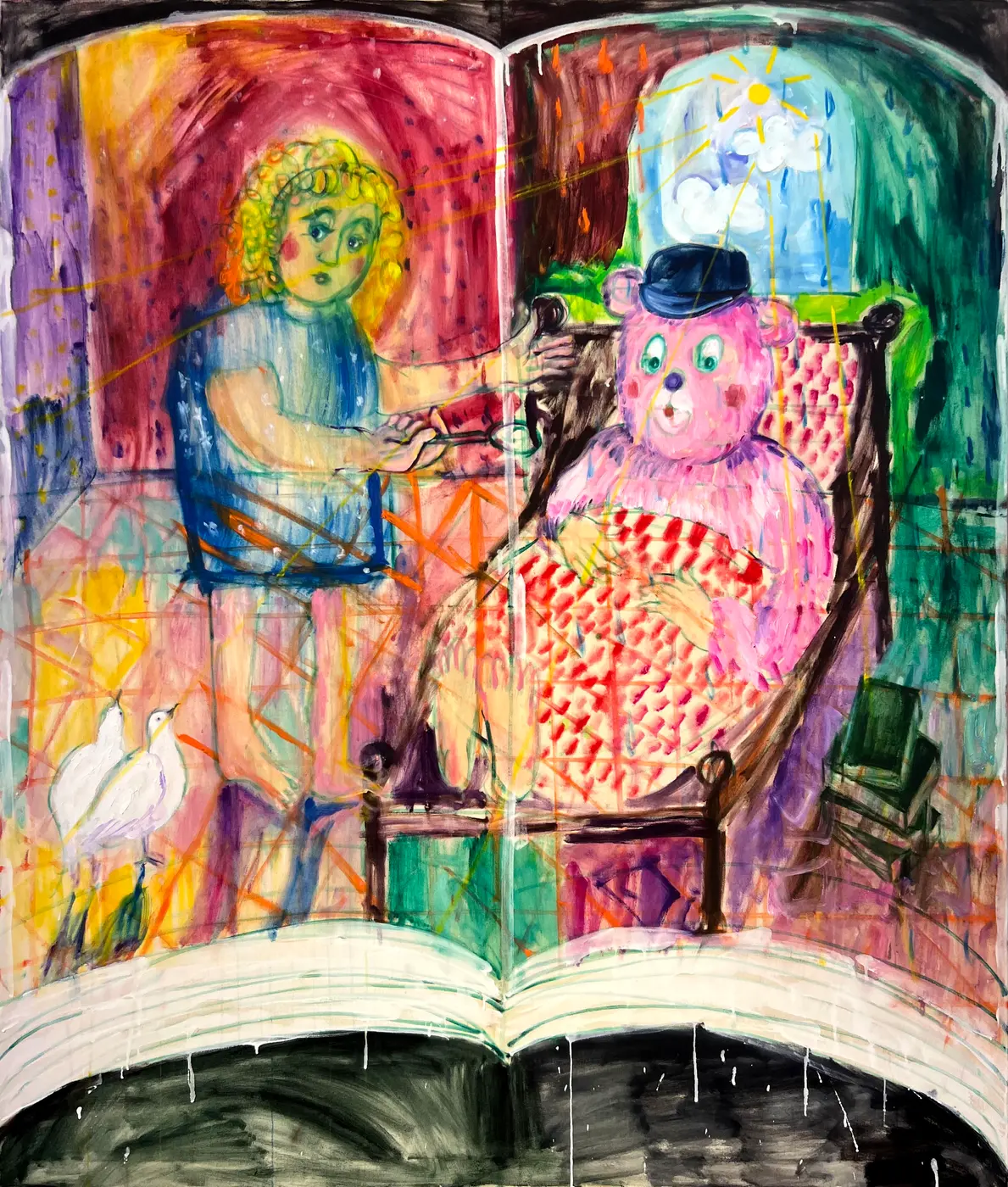
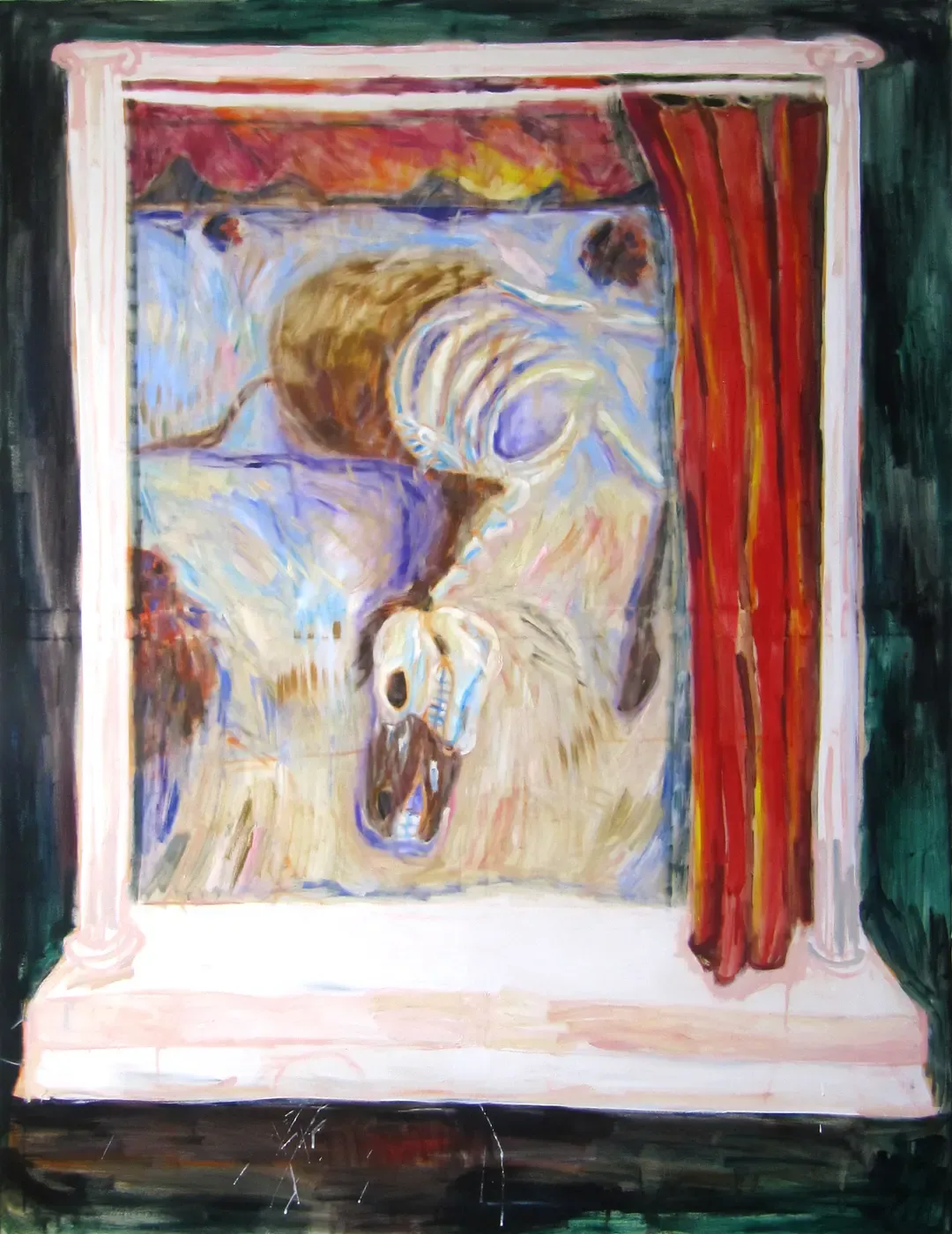
Theresa Ulrike Cellnigg: Care II, 150 x 140 cm -> Verendung 01, 180 x 140 cm | Image Courtesy of the Artist
Her ability to balance control and spontaneity makes her a key figure in contemporary figurative painting, and her work continues to contribute meaningfully to the ongoing dialogue about identity, power, and the role of the artist in society.

Theresa Ulrike Cellnigg is Co-Founder of Edition Doppelpunkt
Follow Theresa Ulrike Cellnigg on Instagram and discover more works on Theresa Ulrike Cellnigg´s website.
Save the date: Theresa Ulrike Cellnigg next show takes place this November, «Nothing compares to you» together with Marion Reisinger at MAERZ Galerie Linz, Upper Austria.
Our new Weekly Sunday Newsletter!

